The Life of Lincoln Through Original Photographs
Experience the Life of Lincoln through original 19th-century photographs and words from Robert E. Drane. All of the photographs featured are from our collection, click on any of the photos for more information and to view the photo with our photo-viewer. The gallery of the Life of Lincoln Through Original Photographs can be viewed in its entirety at the bottom of the page.
Lincolns Beginnings
Lincoln is born
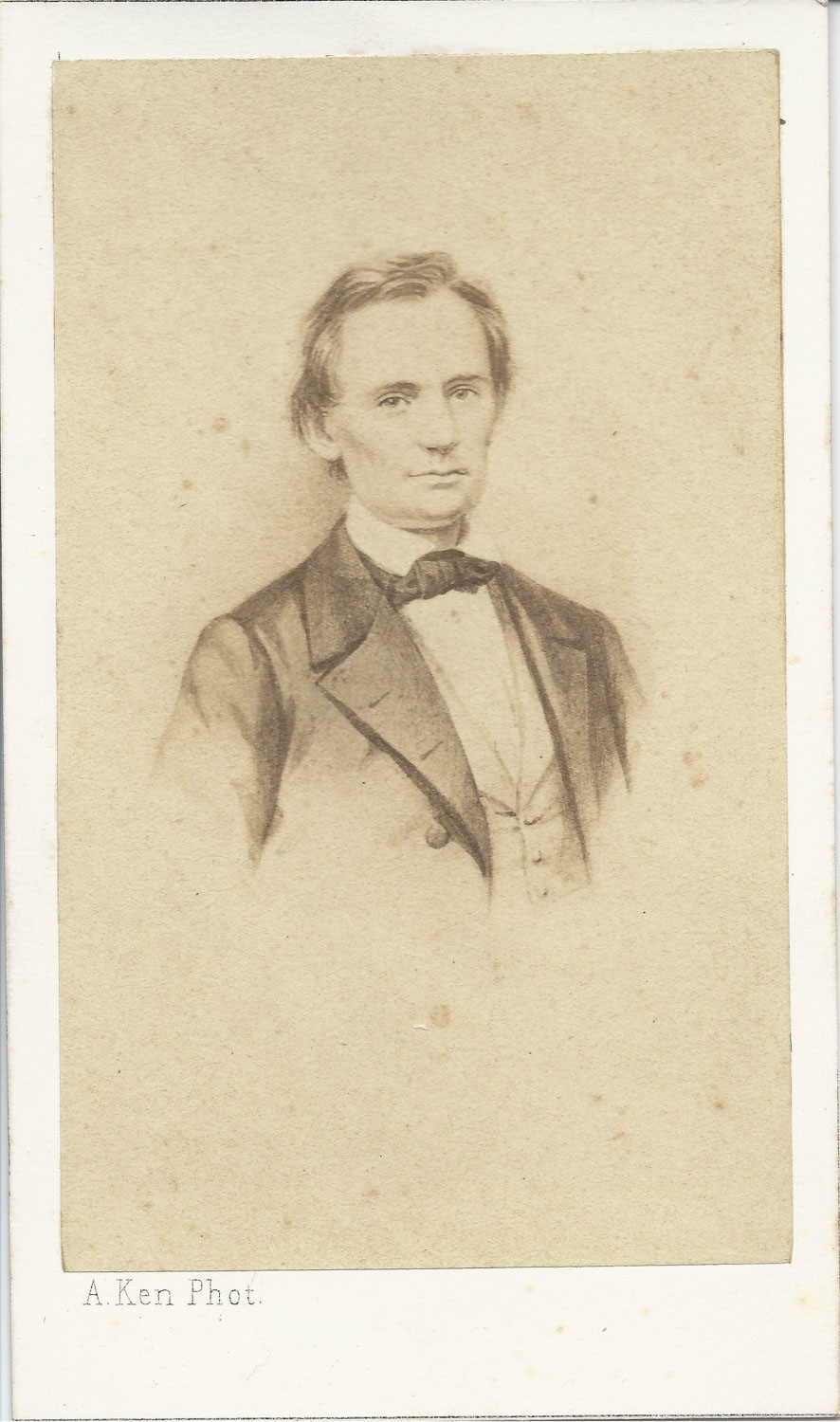
Abraham Lincoln is born on February 12, 1809, in Hodgenville, Ky. His family moves to Indiana, where his mother dies in 1818. After that, he is raised by his devoted step mother, Sarah, who helps educate him.
The Horrors of Slavery
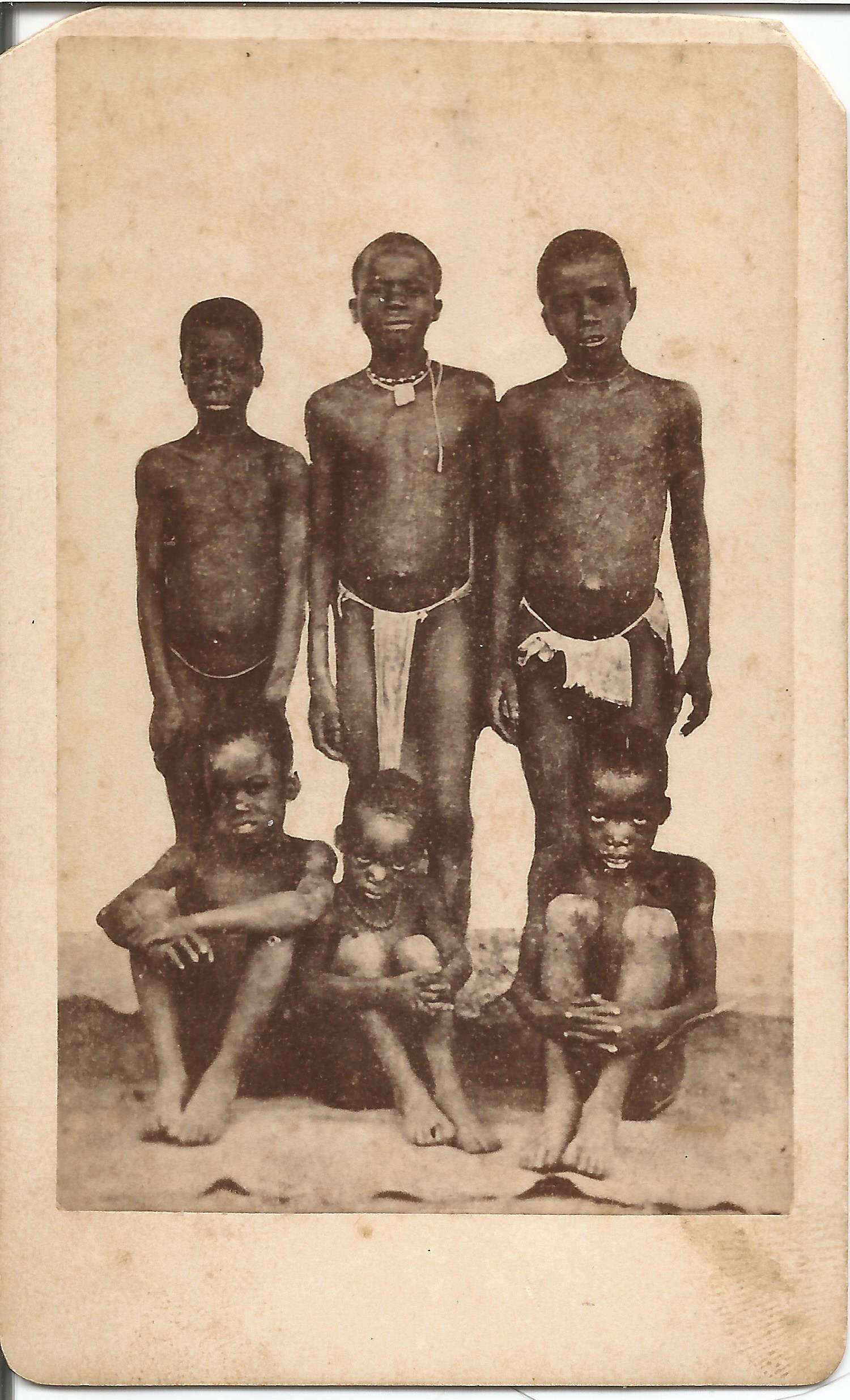
In his youth, Lincoln witnesses slavery first hand on boats heading down the Mississippi to New Orleans. He decides at the time that the practice is morally wrong.
Leaving Indiana
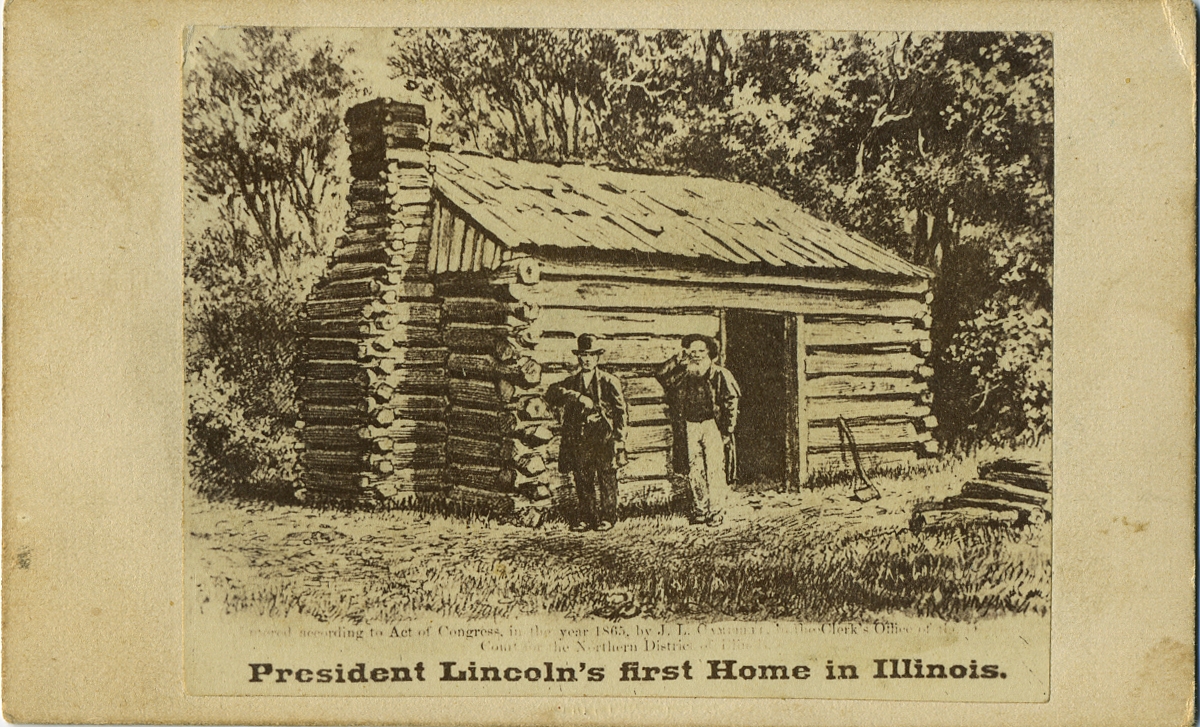
In 1830, age 21, he moves with his family to New Salem, Illinois, where he becomes very popular in the community. He is known as the tallest, strongest, funniest and smartest man in town.
Oddjobs and Humble Begining of a Political Career
Blackhawk War
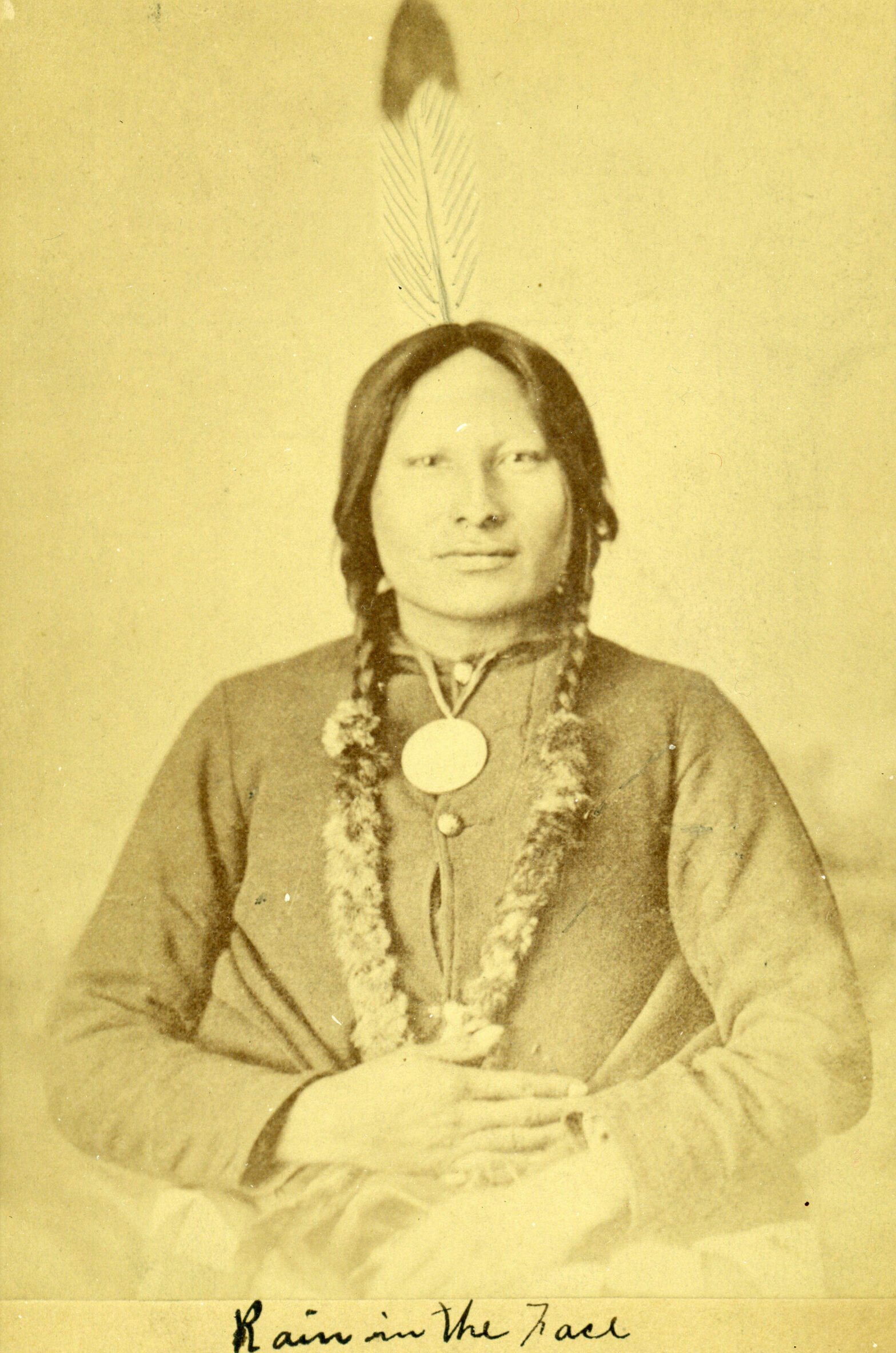
In 1832 Abe serves briefly in the Blackhawk War, without seeing combat. After returning home and losing an election for the Illinois General Assembly, he tries his hand at a host of occupations: carpenter, store clerk, merchant, postmaster, blacksmith and surveyor.
First Win
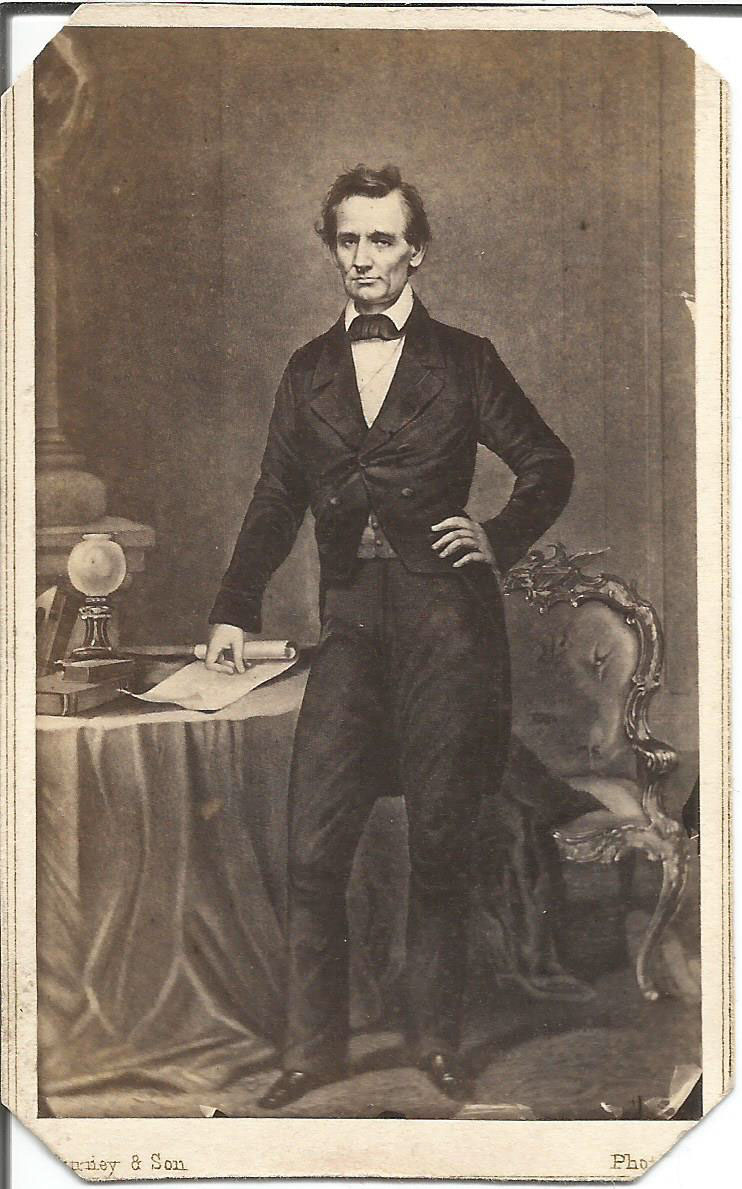
In 1834 he wins election to the Assembly as a Whig and begins to study law. By 1836, he has passed the bar and been re-elected to the Assembly.
Moving to Springfield
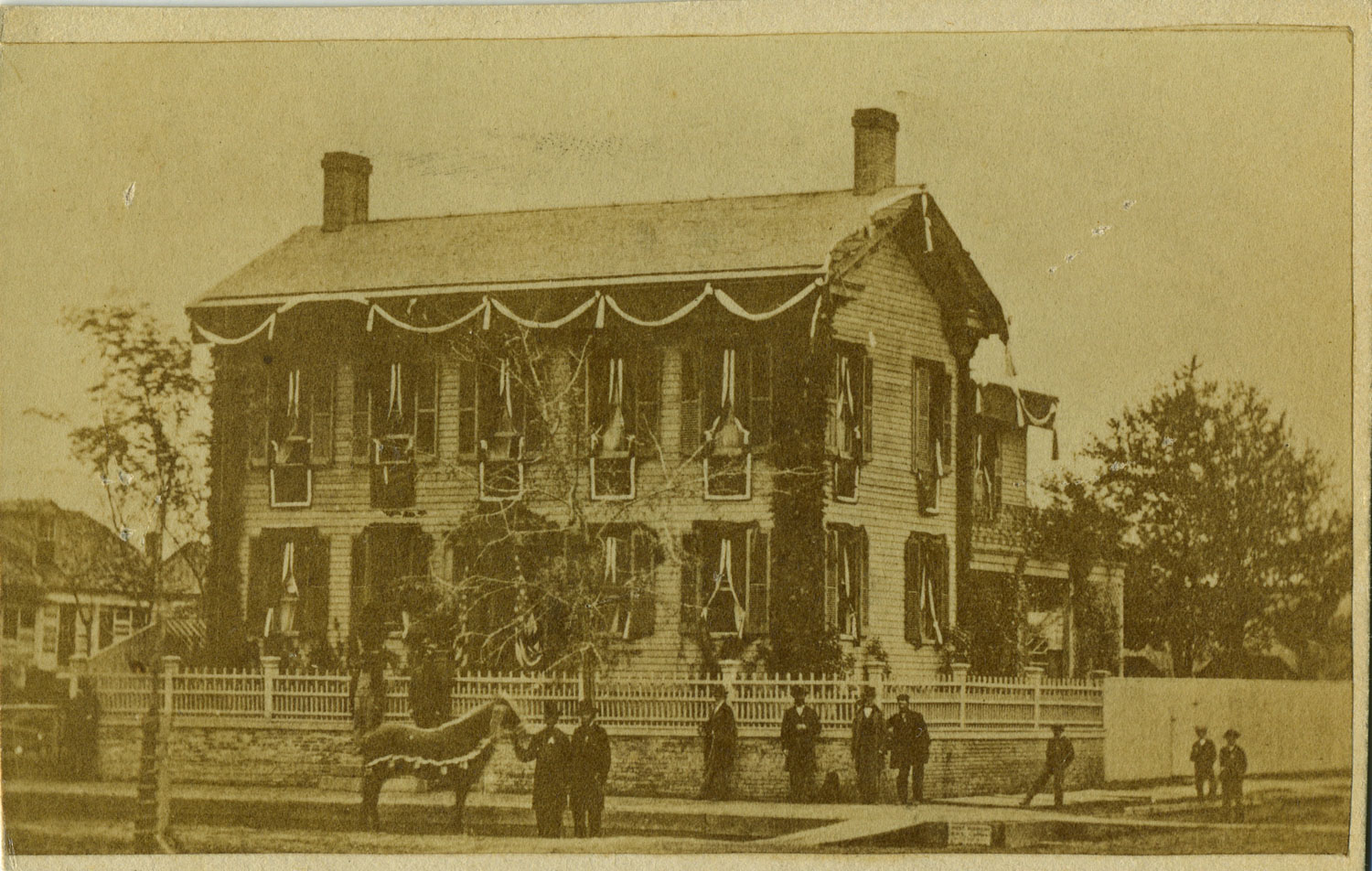
He moves to Springfield, Illinois in 1837 and begins to practice with John Stuart. After the murder of abolitionist Elijah Lovejoy in nearby Alton, he calls for “law and order” in a political speech to the local Lyceum. Over the next five years he “travels the circuit” and becomes a very well-known and successful lawyer.
Duels, Marriage, and Short Career in Politics
Catastrophe Avoided
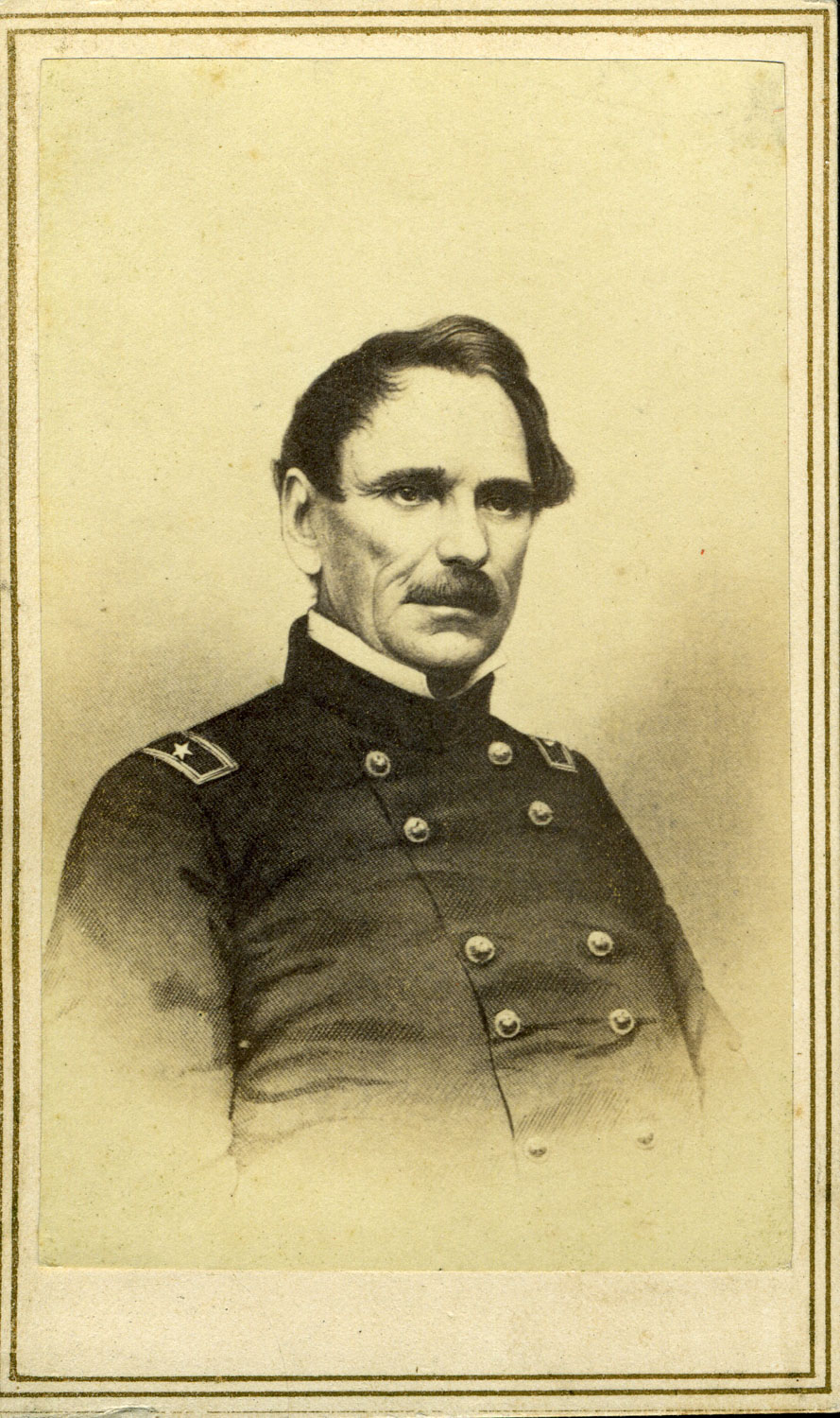
In 1842 Lincoln is challenged to a duel by James Shields, a Democrat politician, who claims he has been slandered. Abe opts for broadswords, and the two men arrive at the field, where seconds convince them to shake hands and depart peacefully.
Marriage
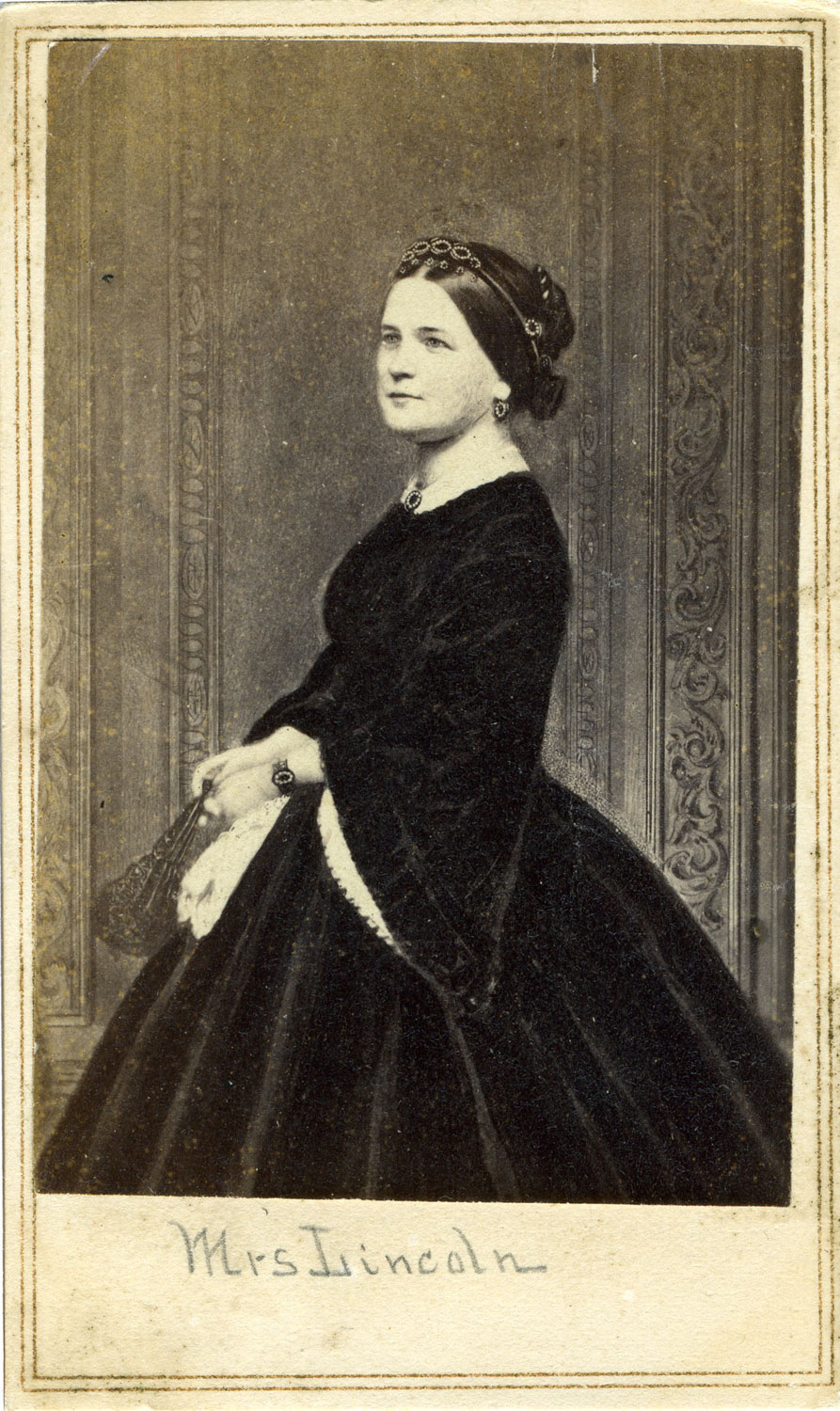
In November 1842, the 33 year old Lincoln weds Mary Todd, daughter of a wealthy Kentucky family, who is ten years his junior. They will have four sons together, two of whom die as small children, and will remain married for 22 years, until his death in 1865.
Lincoln elected to the house
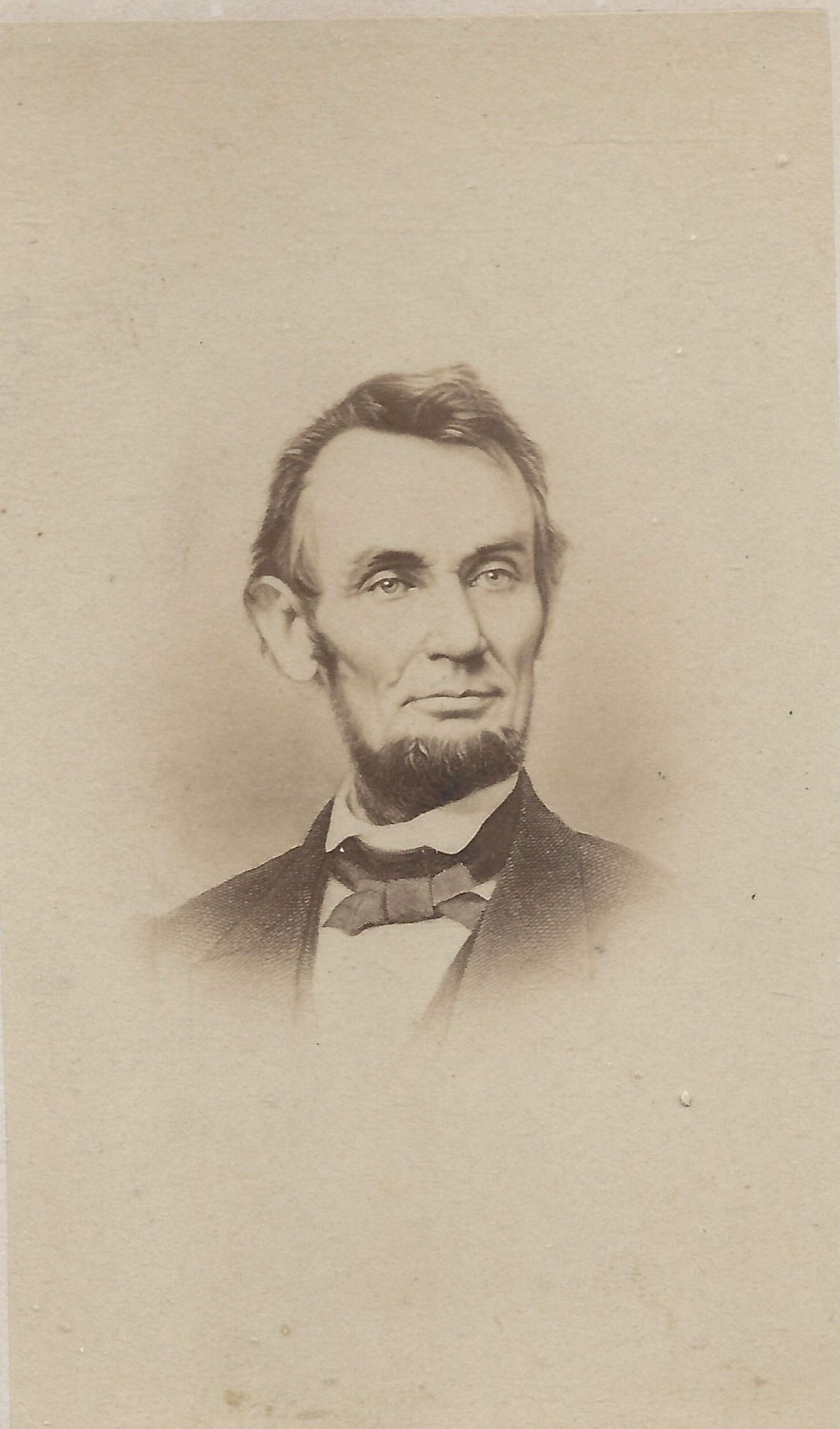
Lincoln is a prominent figure by 1846, when he is elected to the US House of Representatives as a Whig. He supports Henry Clay’s “American System” of government and criticizes the 1846-47 Mexican War. After serving one term he retires from politics to resume his law practice back in Illinois.
Mexican-American War
Mexican – American War Ends
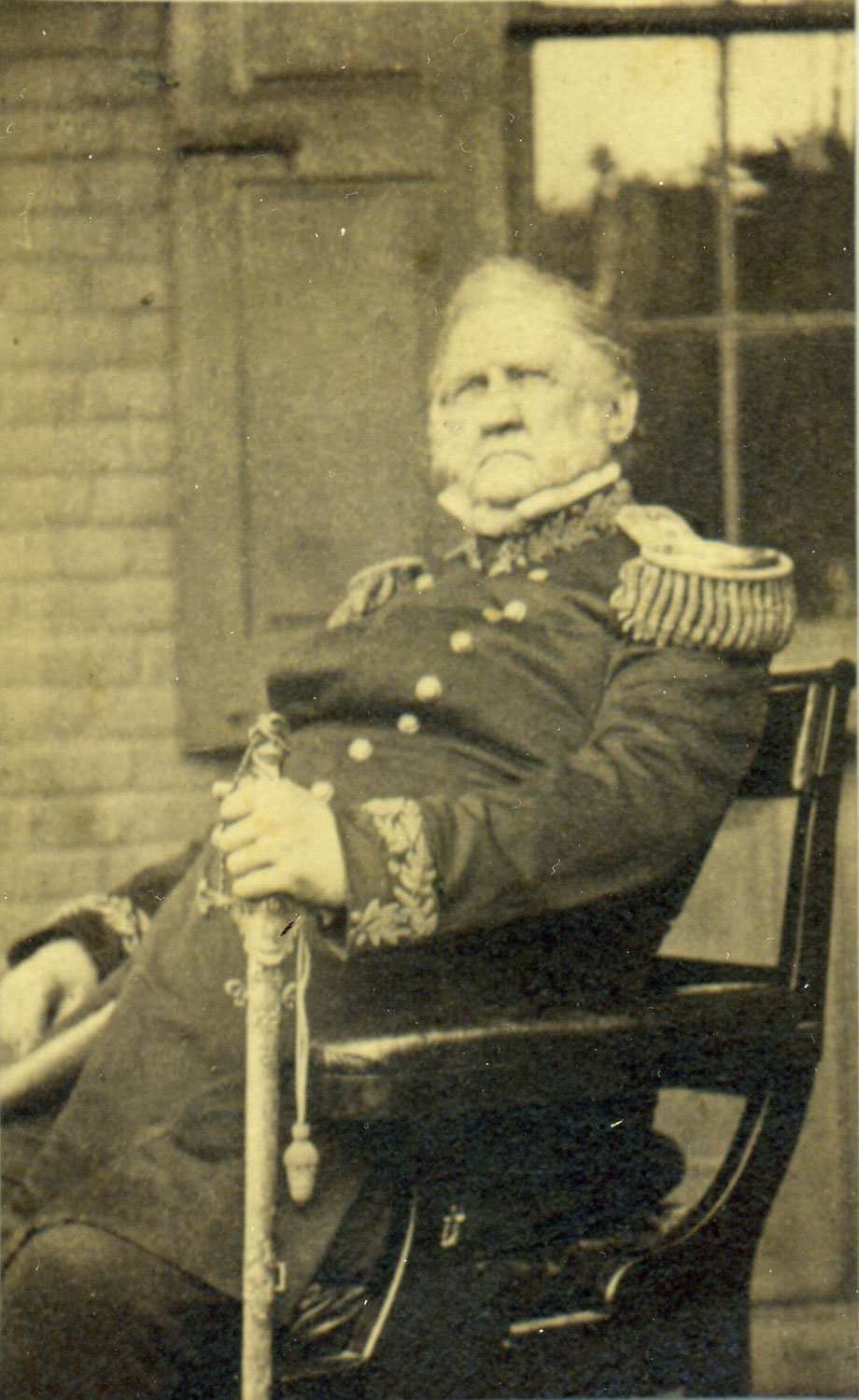
When General Winfield Scott captures Mexico City in September 1847, the war ends and the Mexicans are forced to cede vast tracts of land in the southwest, from Texas to California.
New Land – New Opportunity
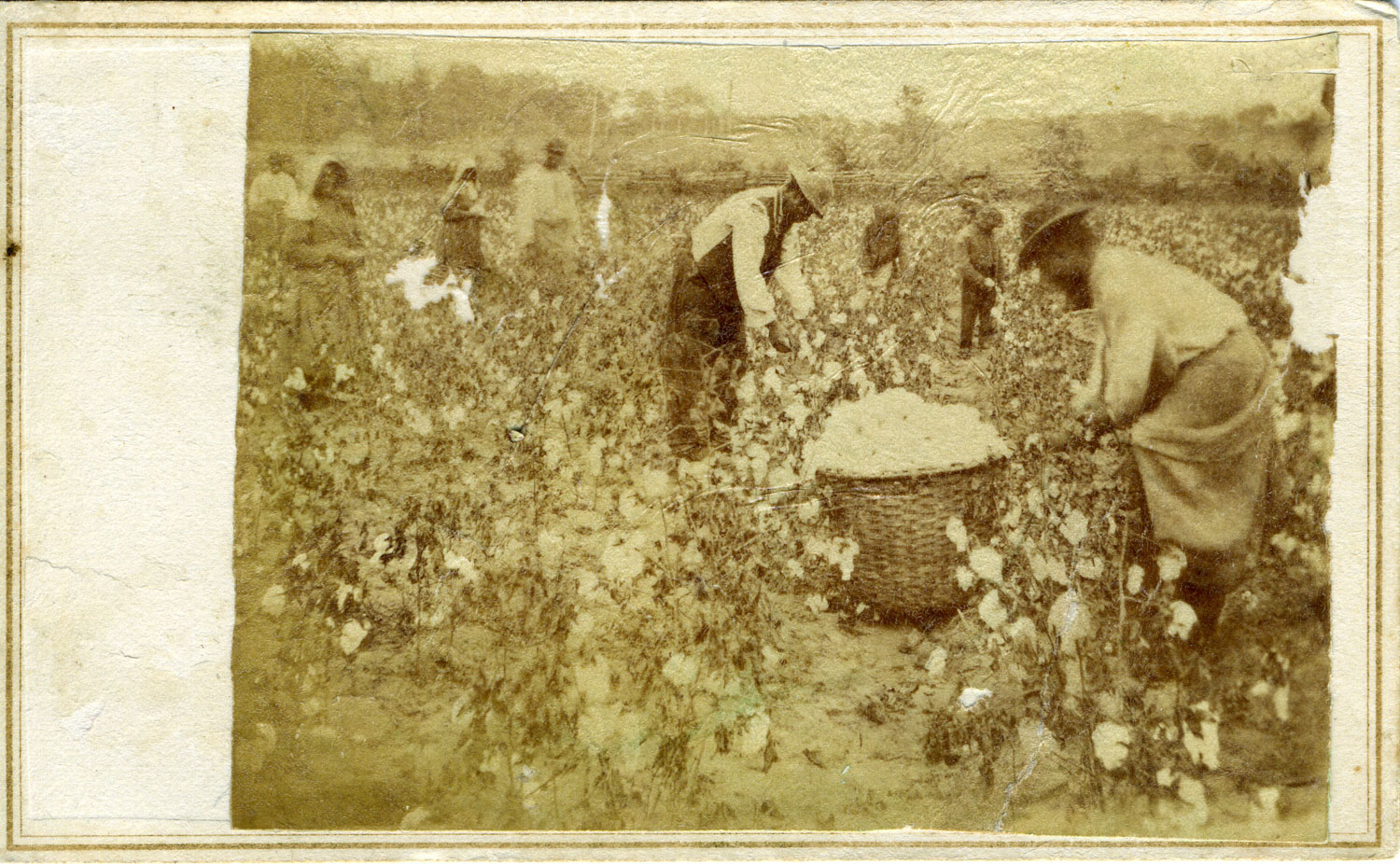
This new land offers the perfect soil and weather needed to create the cotton plantations which fuel the entire agricultural economy of the South.
Road to The Civil War
Slavery a Postive Good
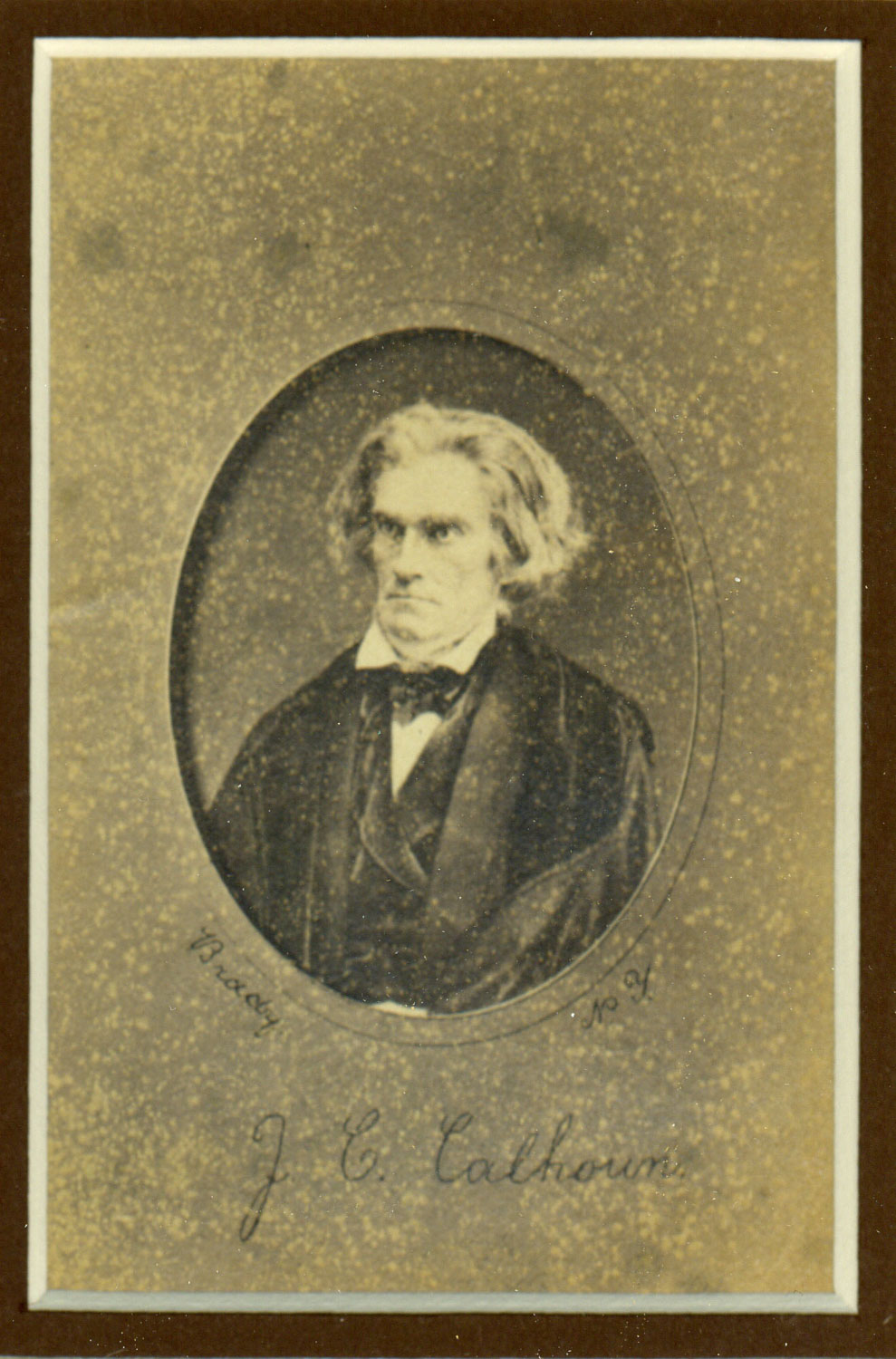
Given this, politicians such as John C. Calhoun assert that slavery should be extended into the new land, even though it has been banned by Mexico. He goes on to argues that “slavery is a positive good” not only for the economy, but also for the slaves, who are given a chance at civilization and Christianity. Besides that, Calhoun says, it is also “sanctioned by the Constitution.”
The Will of the People
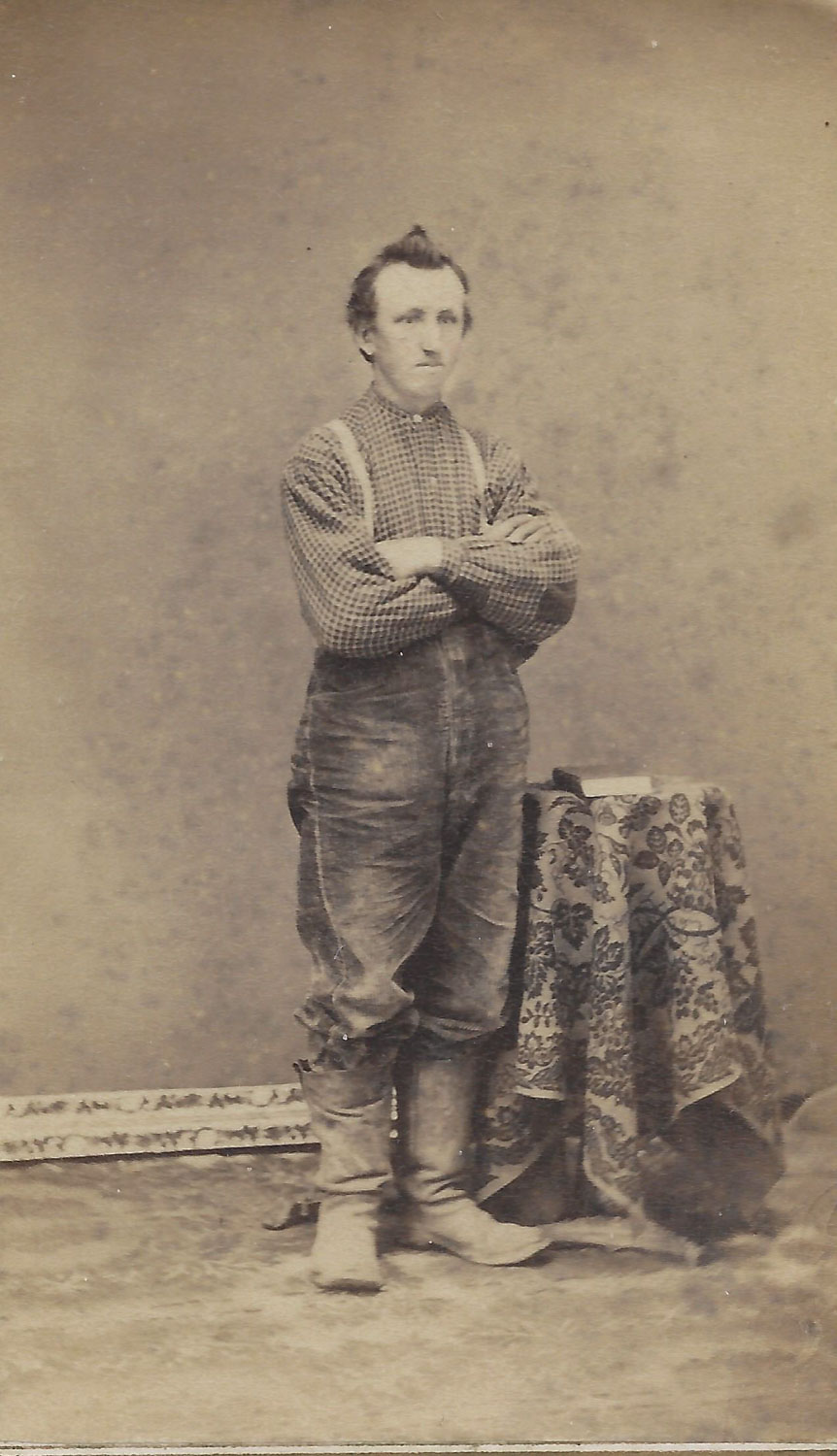
The vast majority of common men across the North and West want to exclude blacks from this land, be they slaves or free men. Their state constitutions and “black codes” have effectively “cleansed” their territory of Africans, and they have no interest in supporting Calhoun’s demands on behalf of the South. Instead they seek to pen all blacks up where they are, and keep the west open to white settlers only.
Abolitionist Movement
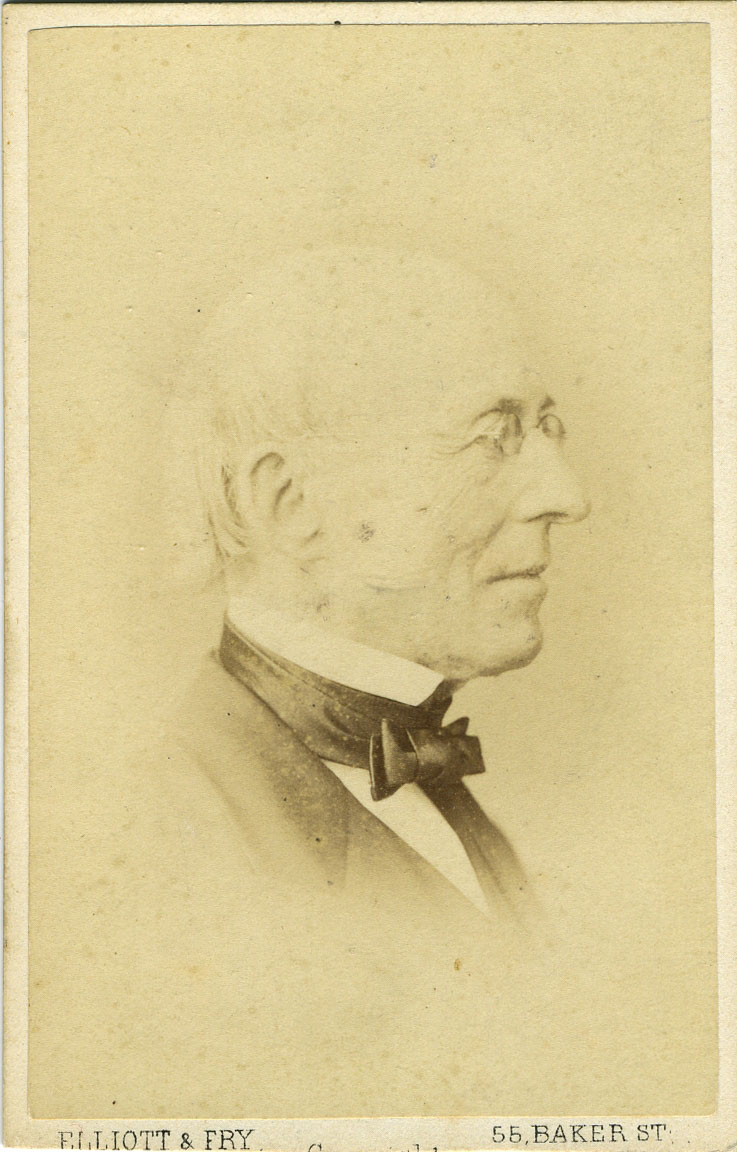
Nor do most Northern and Western men support the Abolitionist Movement being led by reformers such as Lloyd Garrison, who want to immediately free all slaves and “assimilate” them into white culture as equal citizens. Still the growth of Anti-Slavery Society Chapters across the North signals that resistance to the South’s “peculiar institution” on moral grounds is widening.
Lincoln’s Return To Politics
Lincoln’s Return to Politics
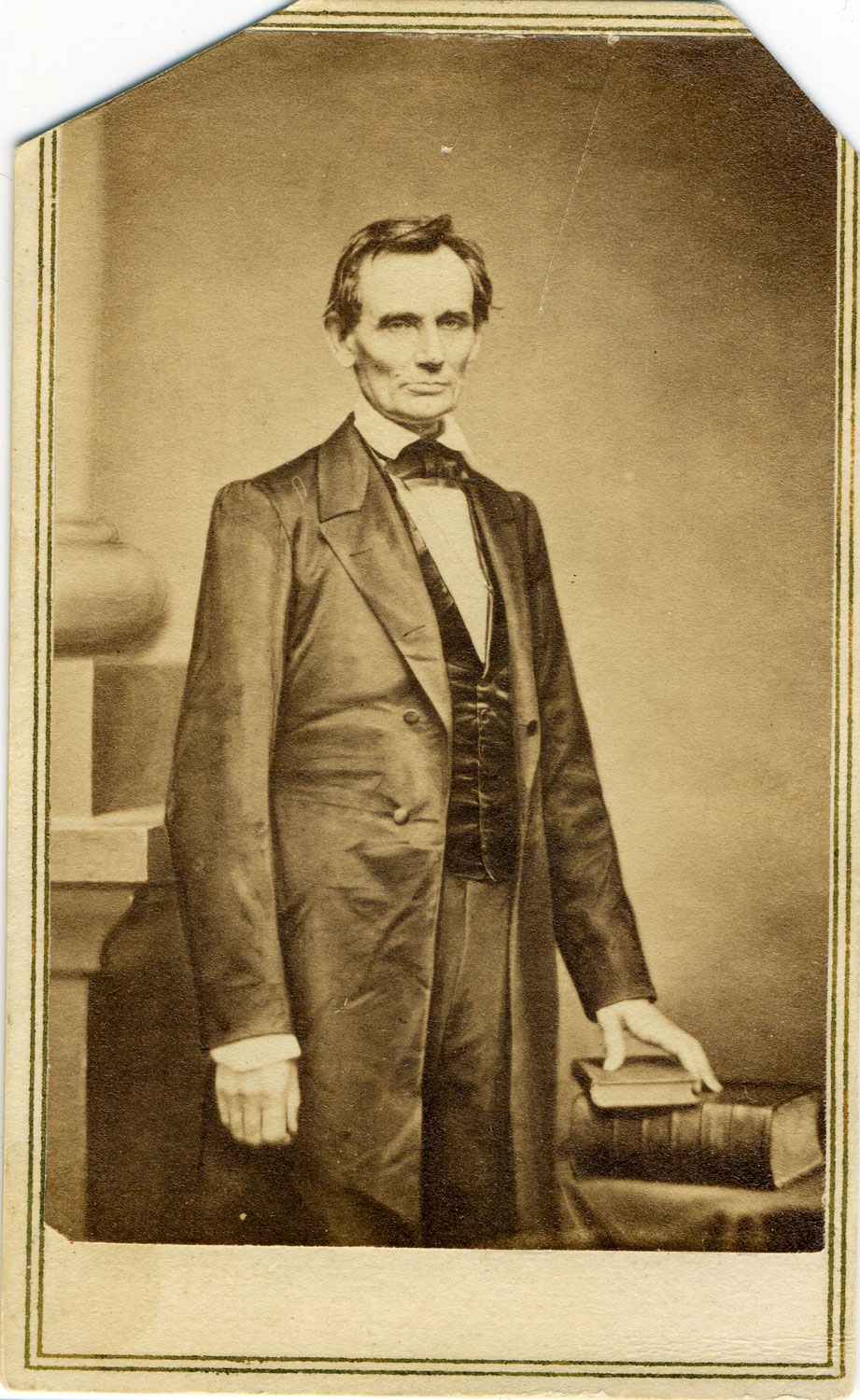
Abraham Lincoln is drawn back into politics in response to the open conflict between the North and South over expanding slavery west of the Mississippi River. Instead of a flat out prohibition, the 1854 Kansas-Nebraska Act has left the decision in the hands of each new state to declare itself as either “Free or Slave” when seeking admission to the Union. This Act is the brainchild of Illinois Senator Stephen A. Douglas.
Political Rivalry
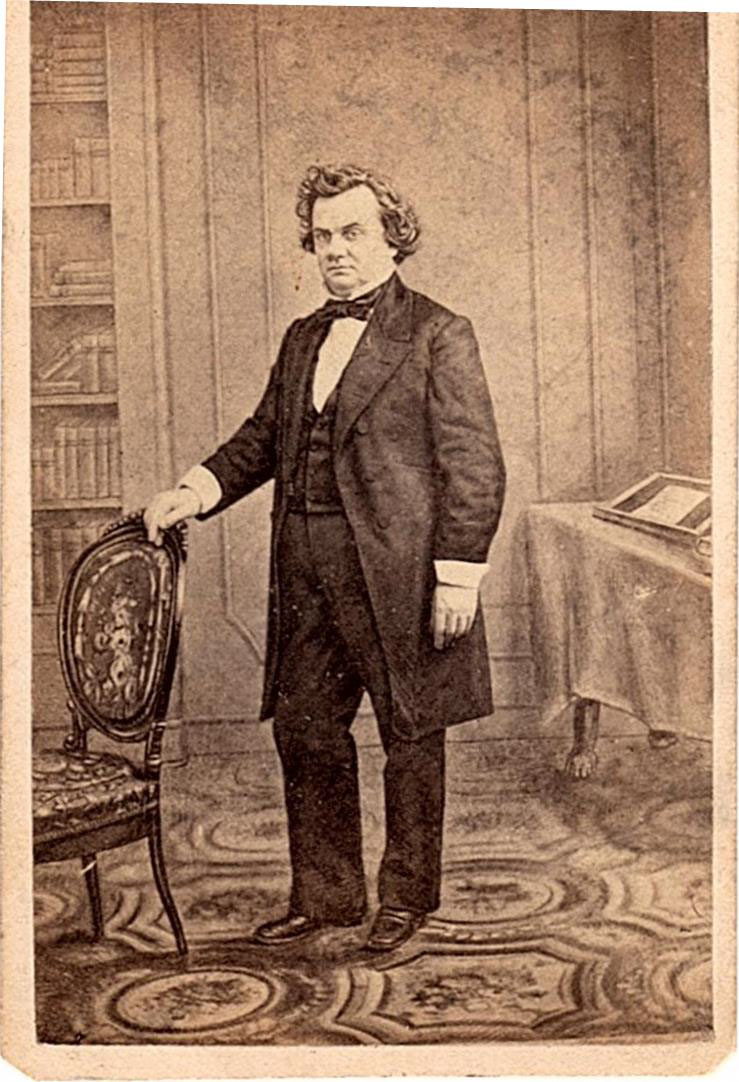
Between 1854 and 1860, Lincoln will engage Douglas on the local and national stage over whether or not slavery will be allowed to expand into the West. As these debates evolve, a new political party forms up to contend with the Douglas Democrats. At first called the Free Soil Party, it morphs into the Republican Party in 1856. While the apparent head of the Republicans is NY Governor Henry Seward, Lincoln supporters are gaining momentum.
1860 Presidential Election
Lincoln gains support at the Republican Convention
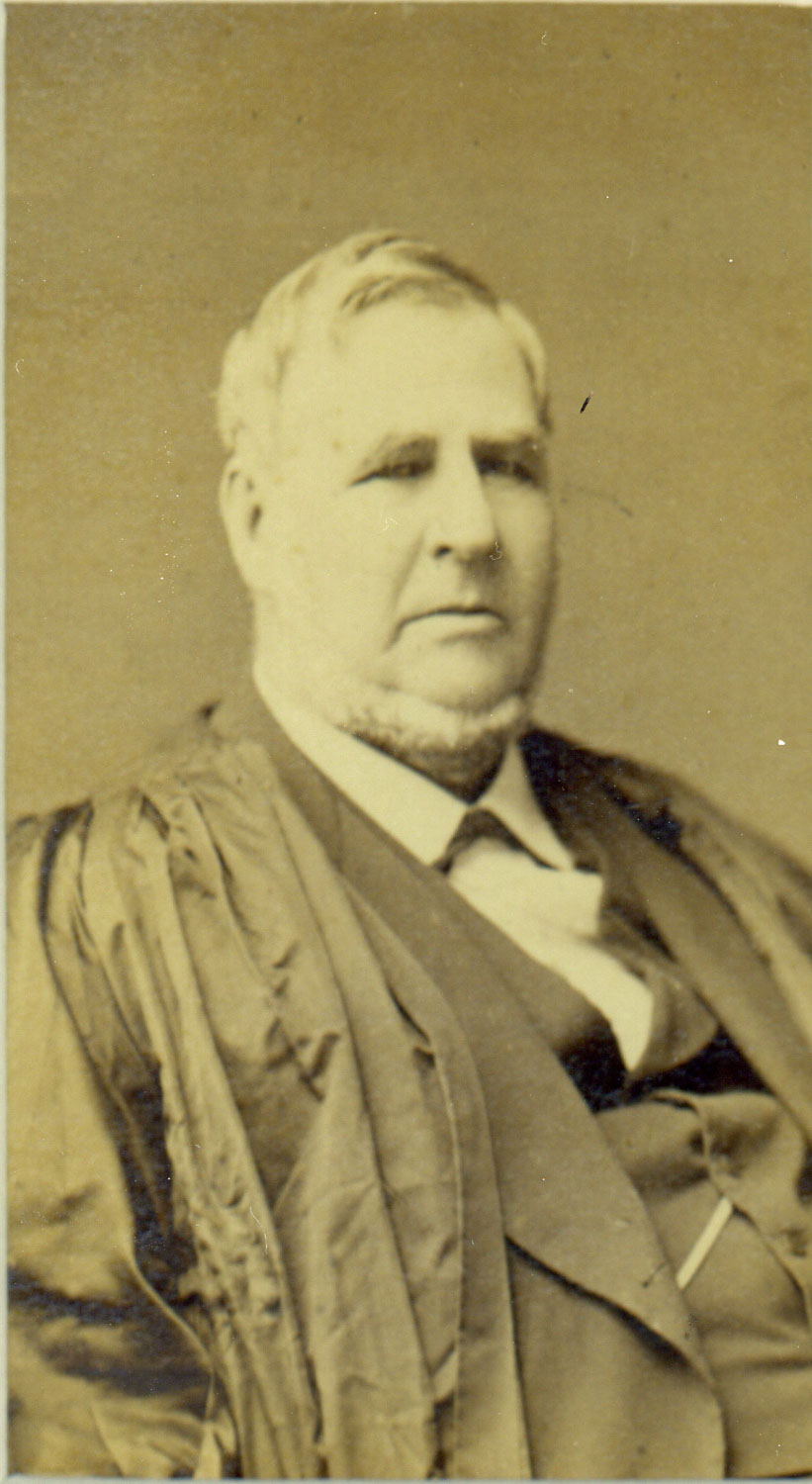
The 1860 Republican Convention in Chicago is almost devoid of delegates from the Southern states. Seward leads on the first ballot, but then Judge David Davis and his allies rally support for Lincoln, who wins on the third ballot. The platform he will run on rejects the Kansas-Nebraska Act and opposes any further spread of slavery in the West. This, of course, is anathema to the Southern states.
Lincoln Elected President
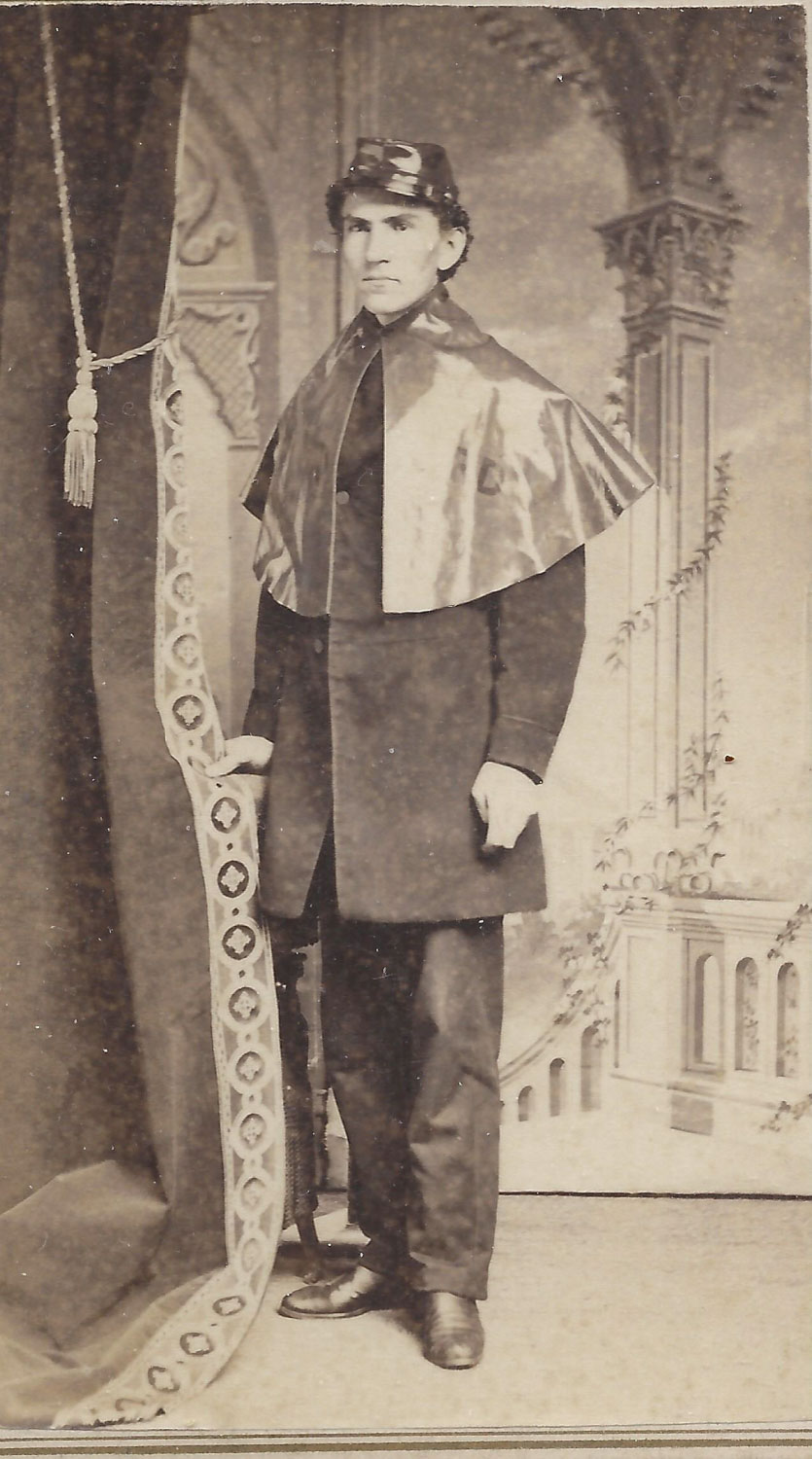
Lincoln’s campaign enlists a corps of “Wide Awakes” who support “Honest Abe, the Rail-Splitter” from out west. Meanwhile the Democratic opposition is in a shambles, after fracturing into three factions: Northerners backing Douglass, Southern firebrands favoring John C. Breckinridge, and pro-Union centrists supporting John Bell. When the ballots are in, Lincoln is elected President of the United States, with only 39% of the popular votes, but a narrow majority in the Electoral College.
Lincoln Tries to Hold The Union Together
The war is a bloody affair from early on, with advances in weaponry taking a murderous toll on soldiers, both North and South.
Secession begins
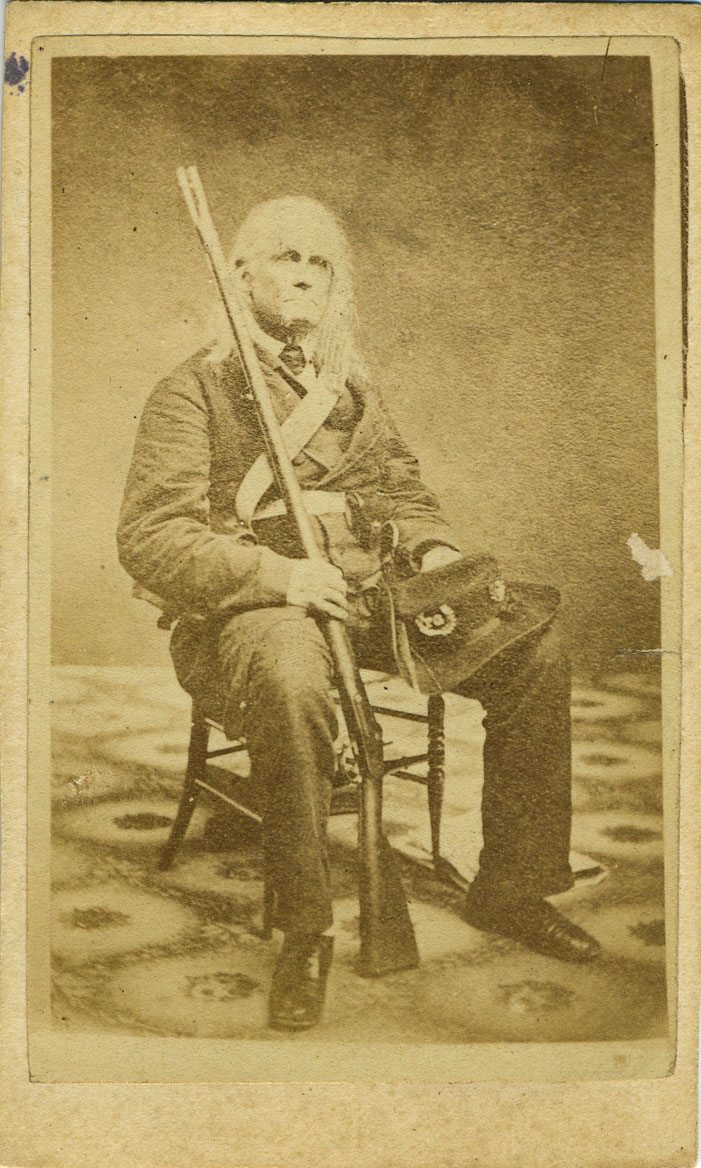
Men like the South Carolinian, Edmund Ruffin, regard Lincoln’s victory as a catastrophe for the South and a violation of the 1787 Constitutional contract that formed the Union. Between the time he is elected in December 1860 and inaugurated in March 1861, seven Southern states have already left the Union.
The Confederacy is Born
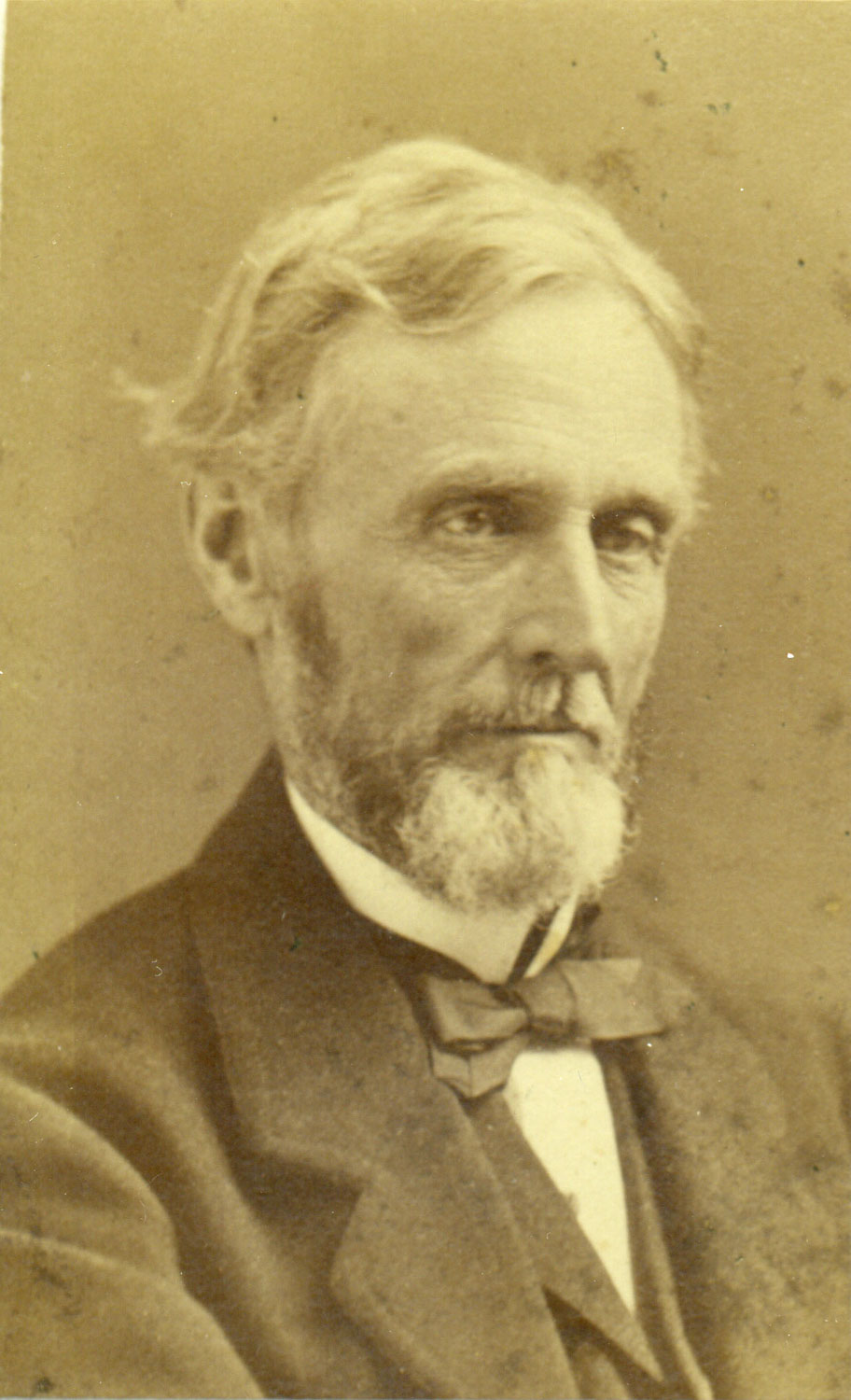
On February 18, 1861, ex-Senator Jefferson Davis of Mississippi is inaugurated as President of the Confederate States of America, in Montgomery. Alabama. He says that all the new nation wants is to be “left alone” to pursue its own interests in peace.
Lincoln Addreses the Nation
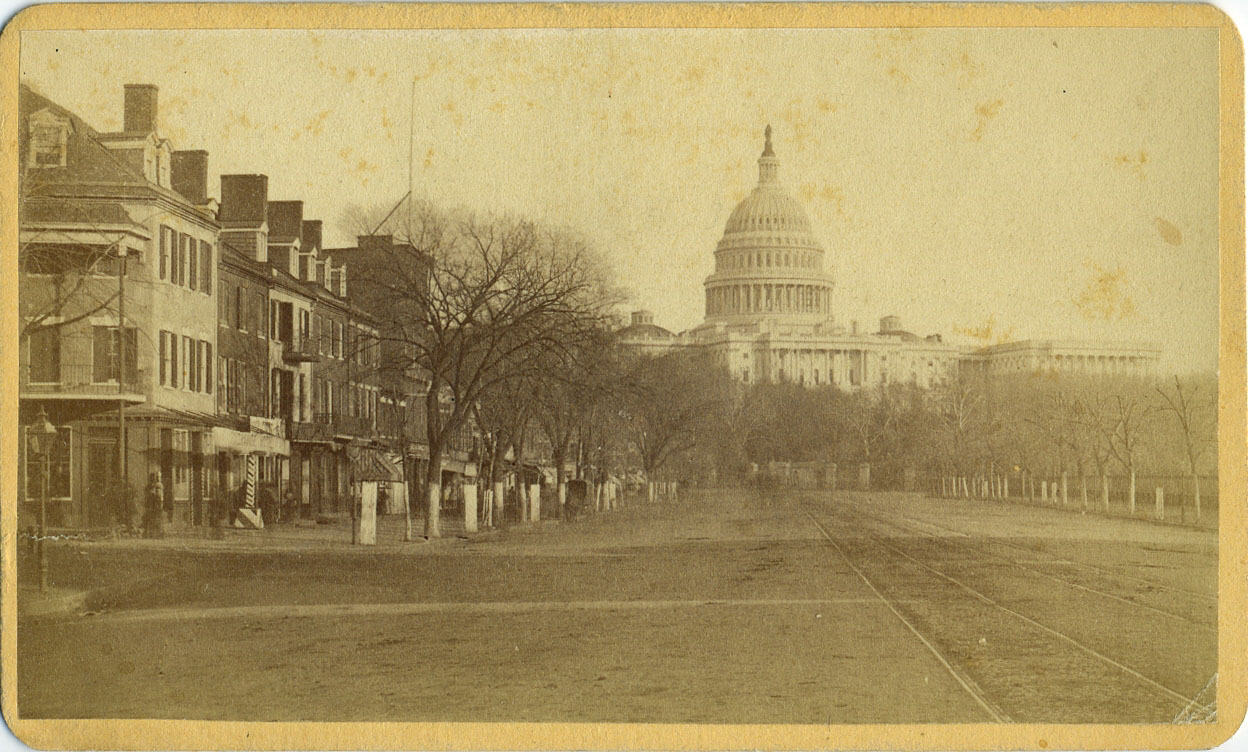
On March 4, 1861, Lincoln’s address to the nation is a plea on behalf of saving the Union. “We must not be enemies. Though passion may have strained, it must not break our bonds of affection.” But this call upon “the better angels of our nature” to avoid secession fails to move the South – and when Virginia votes for dissolution, Lincoln reluctantly decides that force, rather than rhetoric, may be needed in the end.
The Nation Divides
The Civil War Begins
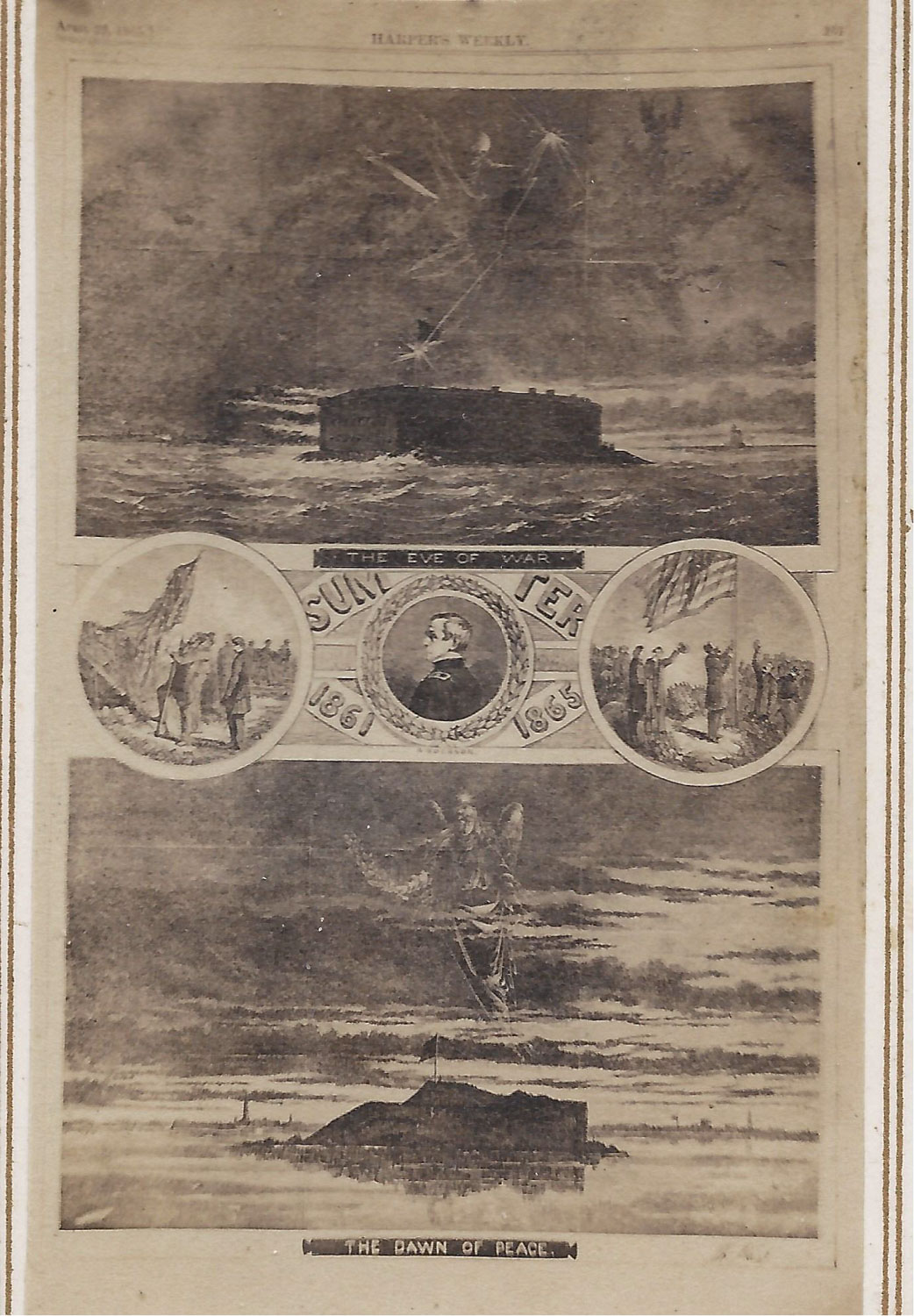
And force it becomes on April 12, 1861, when the Confederates open fire on the Fort Sumter, a Union garrison, situated at the entrance to Charleston harbor. After a two day siege, General Robert Anderson surrenders the fort. Despite this, the US Congress delays a formal declaration of war until July 26, 1861, five days after its army is routed at First Bull Run. The declaration calls for a war “to restore the Union.”
One nation has now become two.
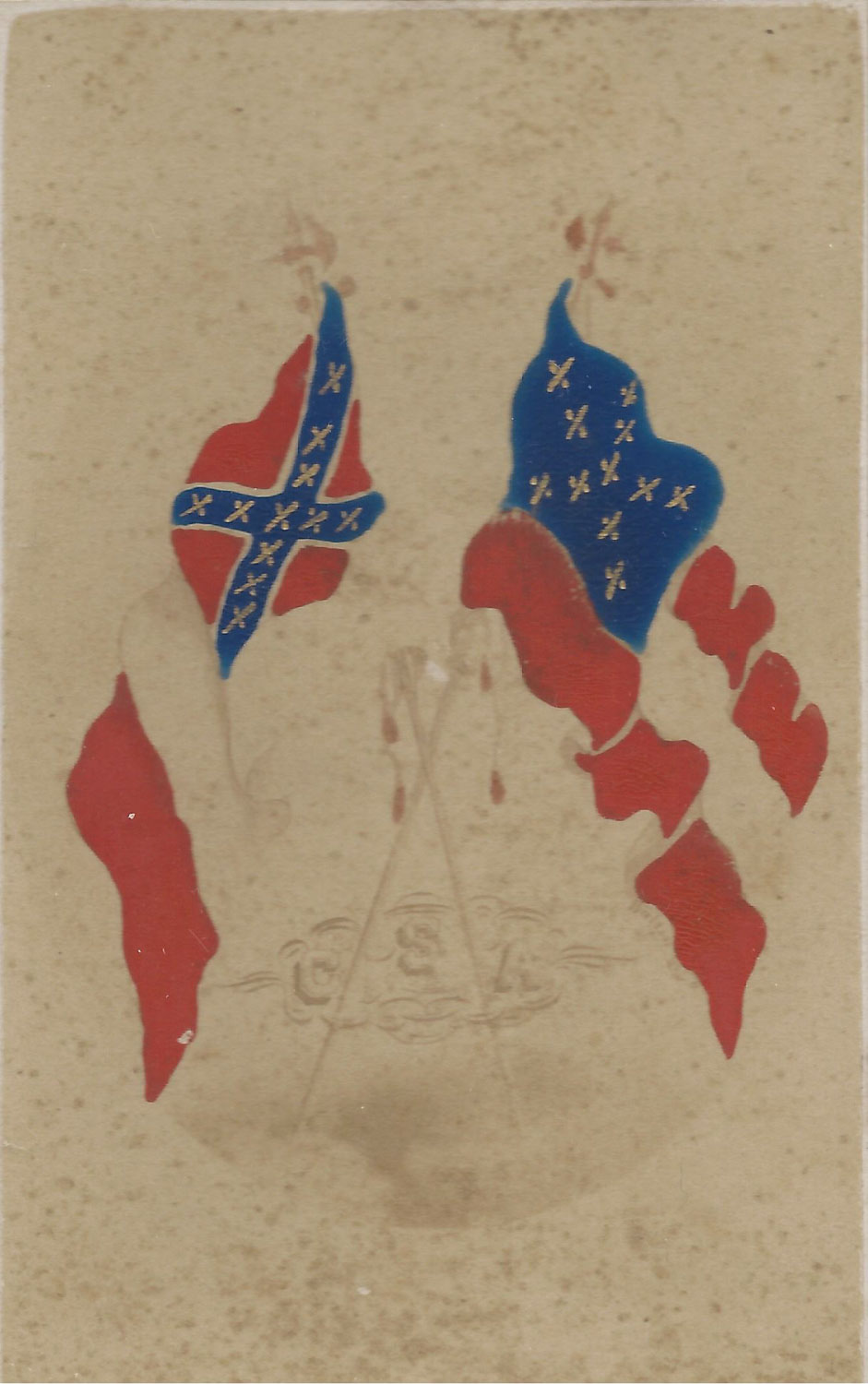
One nation has now become two.
The Civil War
Death and Destruction
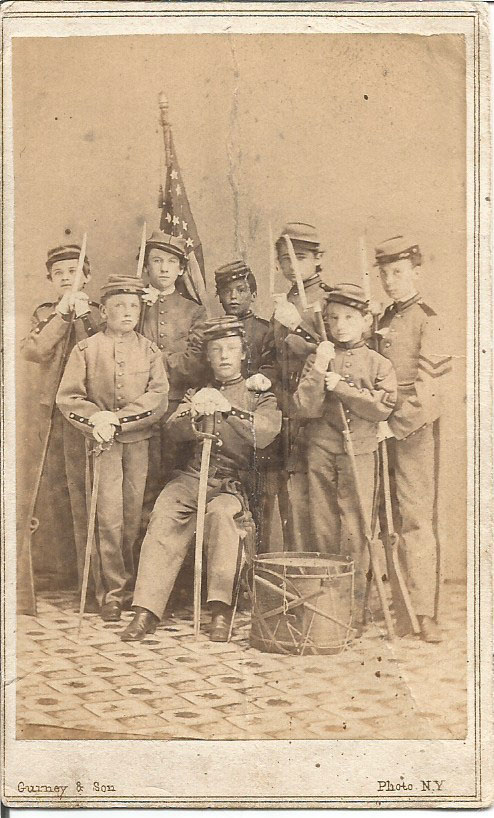
And both sides begin a Civil War that will last for the next four years and claim some 750,000 lives (some 2.5% of the entire population) in addition to threatening the principles underlying America’s experiment in democracy.
Unwavering Leadership
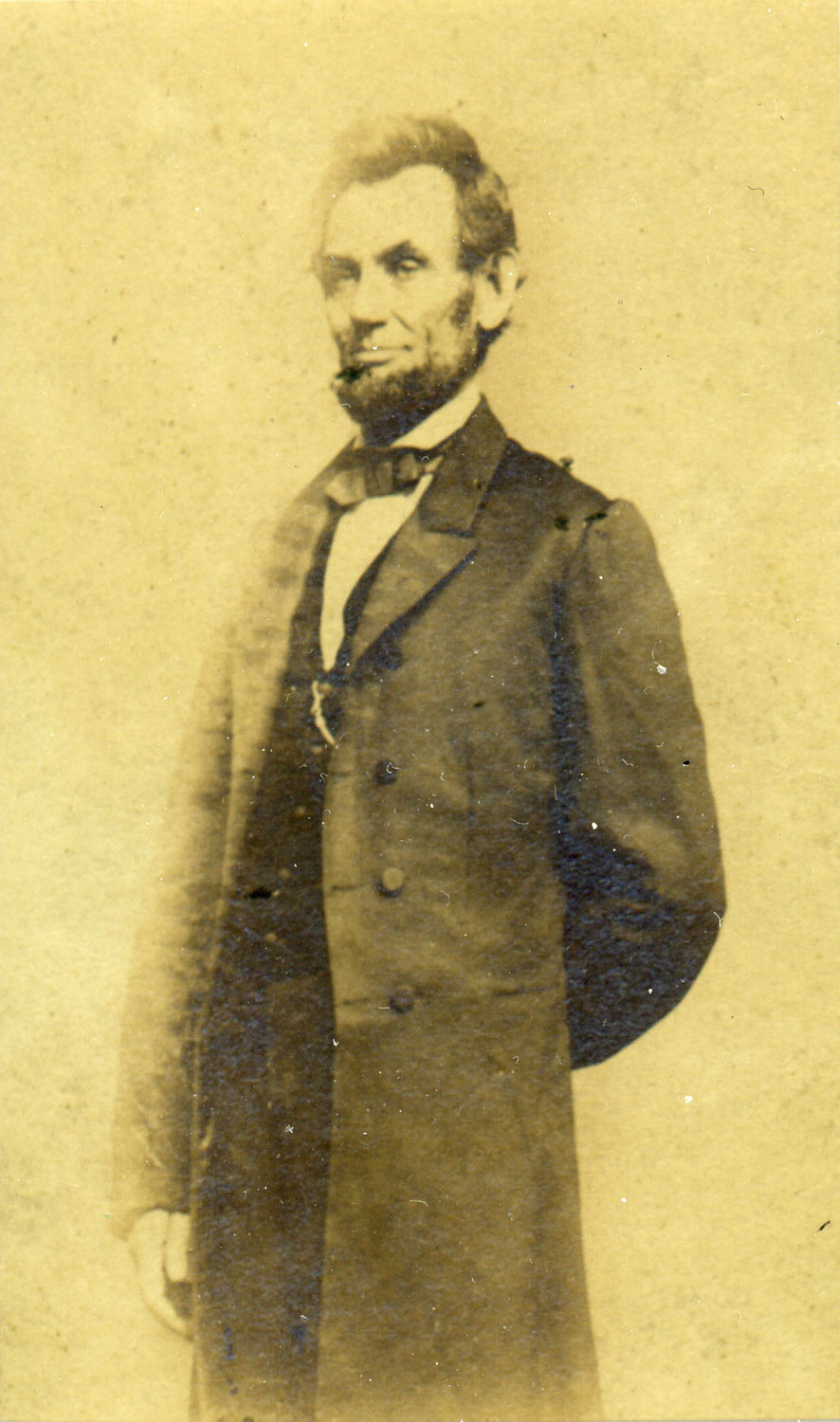
Throughout the conflict, Abraham Lincoln will stand tall in his dedication to restoring the Union and putting an end to the slave question which has divided the country from its inception.
The Ancient
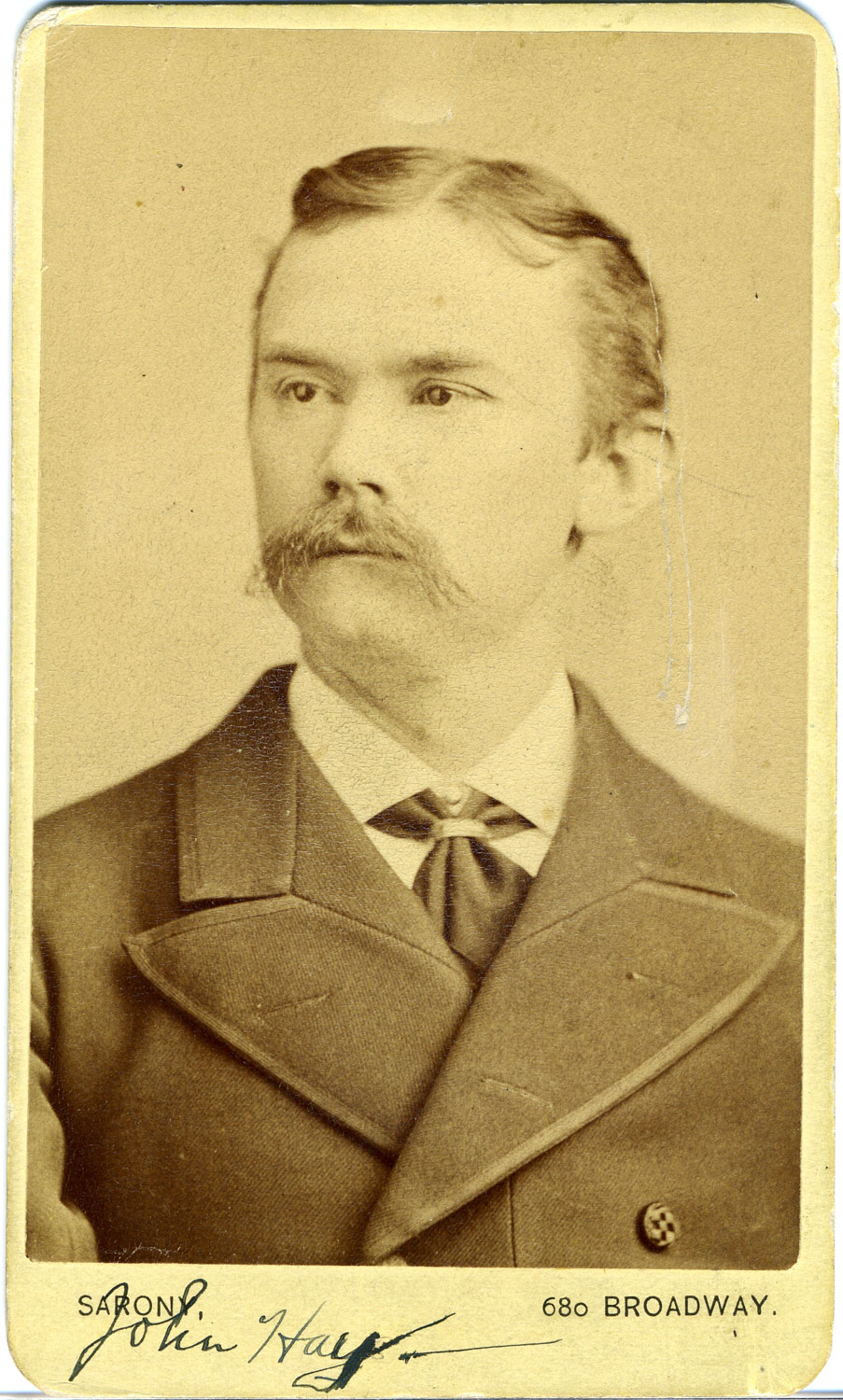
Throughout the war, Lincoln’s personal secretary, John Hay, will refer to his boss as “The Ancient” in recognition of the daily wisdom he displays in dealing with one crisis after another.
The War Takes a Toll

The Destruction of Harpers Ferry following the Battle of Harpers Ferry in September 12 – 15 1862. This proved a decsive victory for the Confederates, capturing over 12,000 Union Soldiers in the battle.
The War Takes a Toll
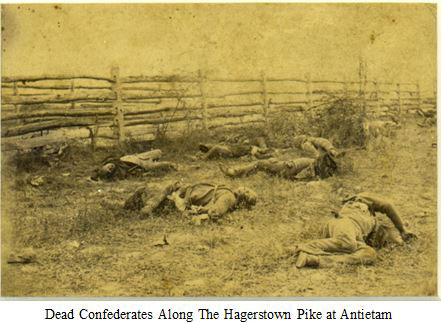
The Battle of Antitiam remains the “Bloodiest Day” in American History, with a combined 22,727 dead, wounded or missing. Despite the Union suffering more casualties, it is considered a Union Victory. Pictured are Confederate Casualties at Antietam Along the Hagerstown Pike.
Trouble in Office and Trouble at Home
Personal Tragedy
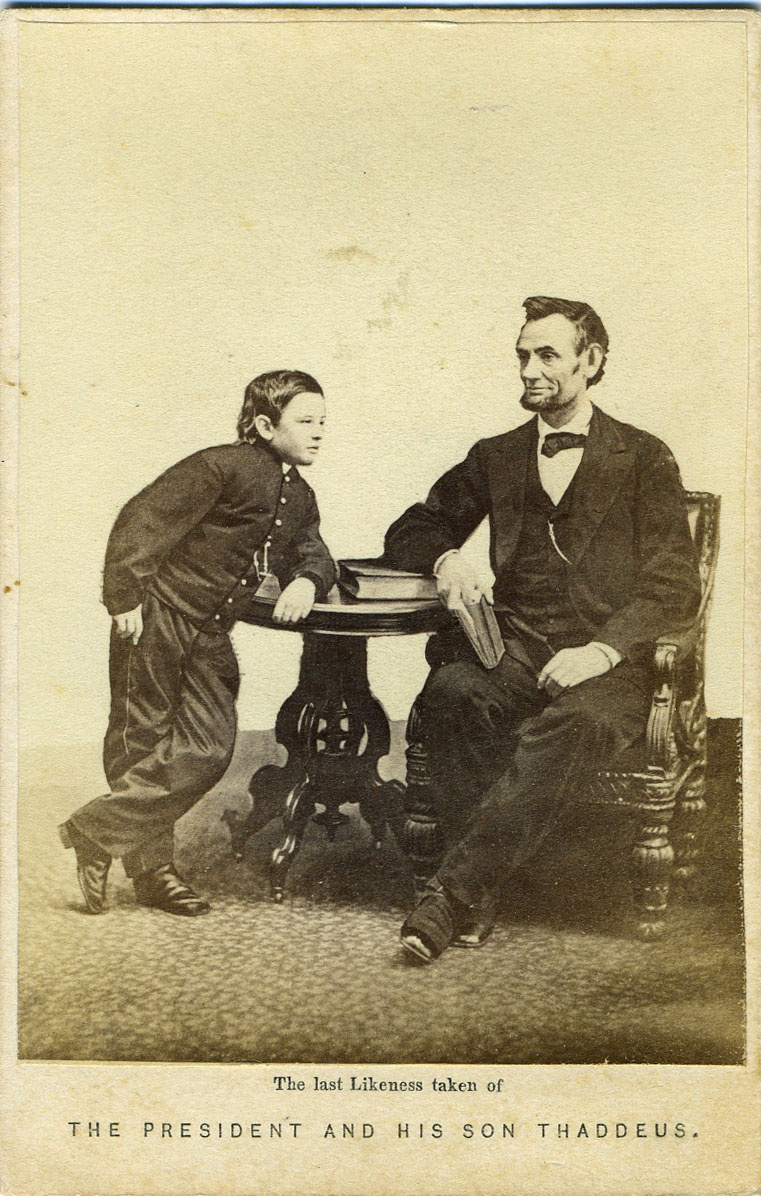
But Lincoln, here reading to son Tad, also suffers personal tragedy in February 1862 when his eleven year old, Willie, dies of typhoid fever. The President suffers intense bouts of depression after the loss, and Mary never fully recovers her mental stability.
Robert Lincoln
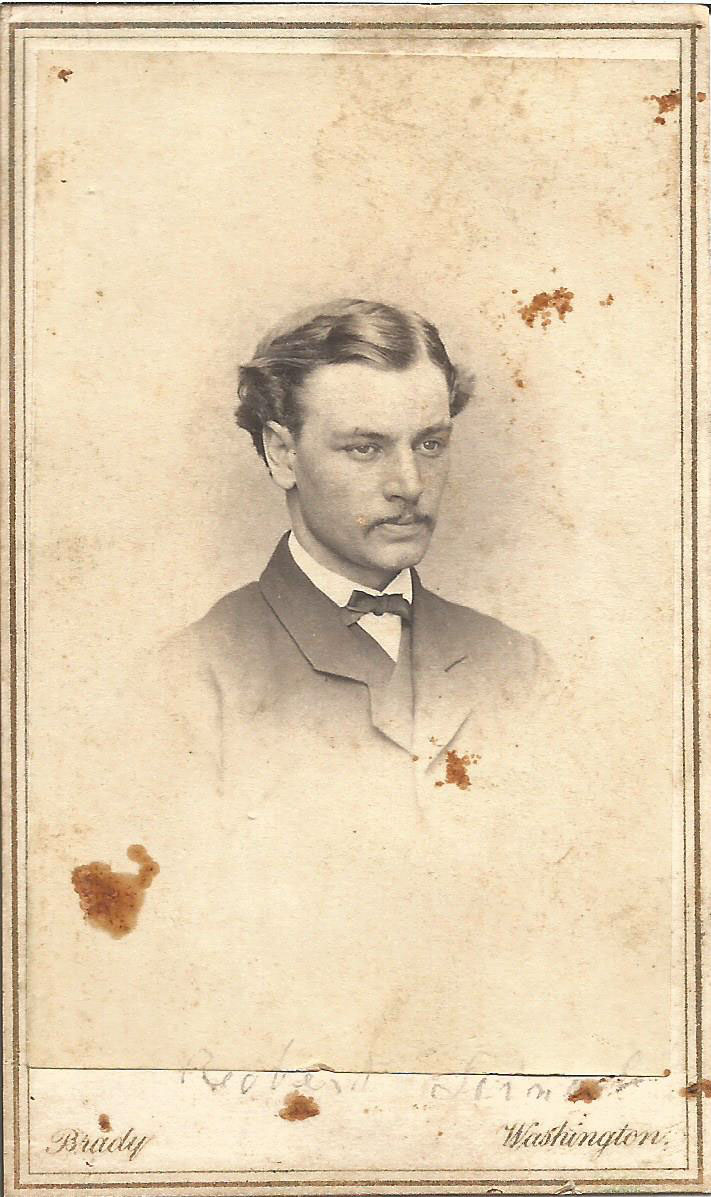
First of 4 Lincoln sons, Exeter and Harvard, Abraham Lincoln places him on Grant’s staff (safety), remote from Lincoln himself. He marries daughter of Iowa Senator Harlan. He commits mother to asylum in 1875 after Lincolns other son Tad dies.
Turning Point of the War
Emancipation Proclamation
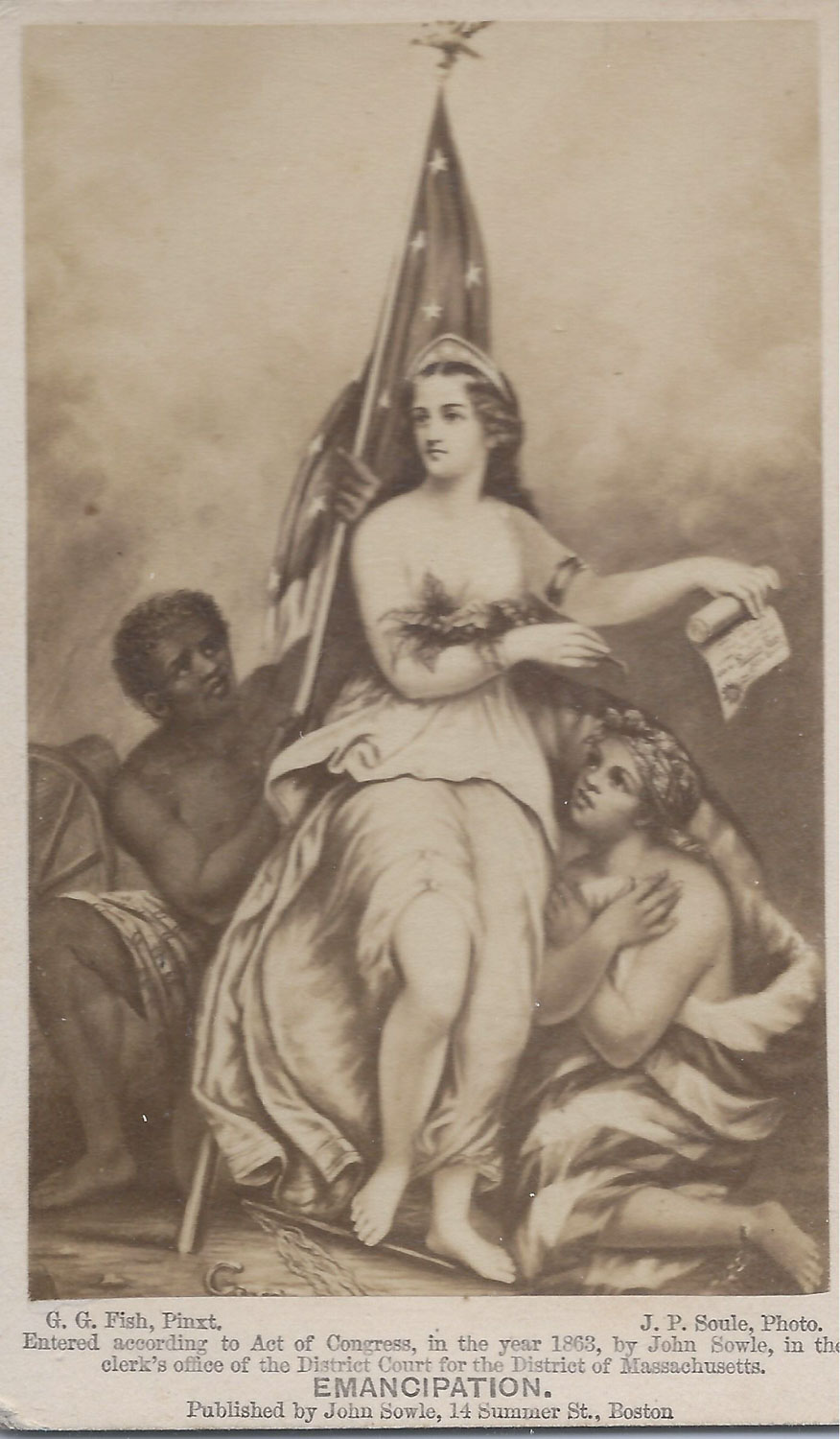
In September 1862, the Union Army is able to stop Robert E. Lee’s first invasion of the North at the Battle of Antietam, in Sharpsburg, Maryland. Lincoln uses the occasion to issue his Emancipation Proclamation, declaring that all slaves in states which remain in rebellion against the Union as of January 1, 1863, shall be free under the order.
Abolitionists Rally
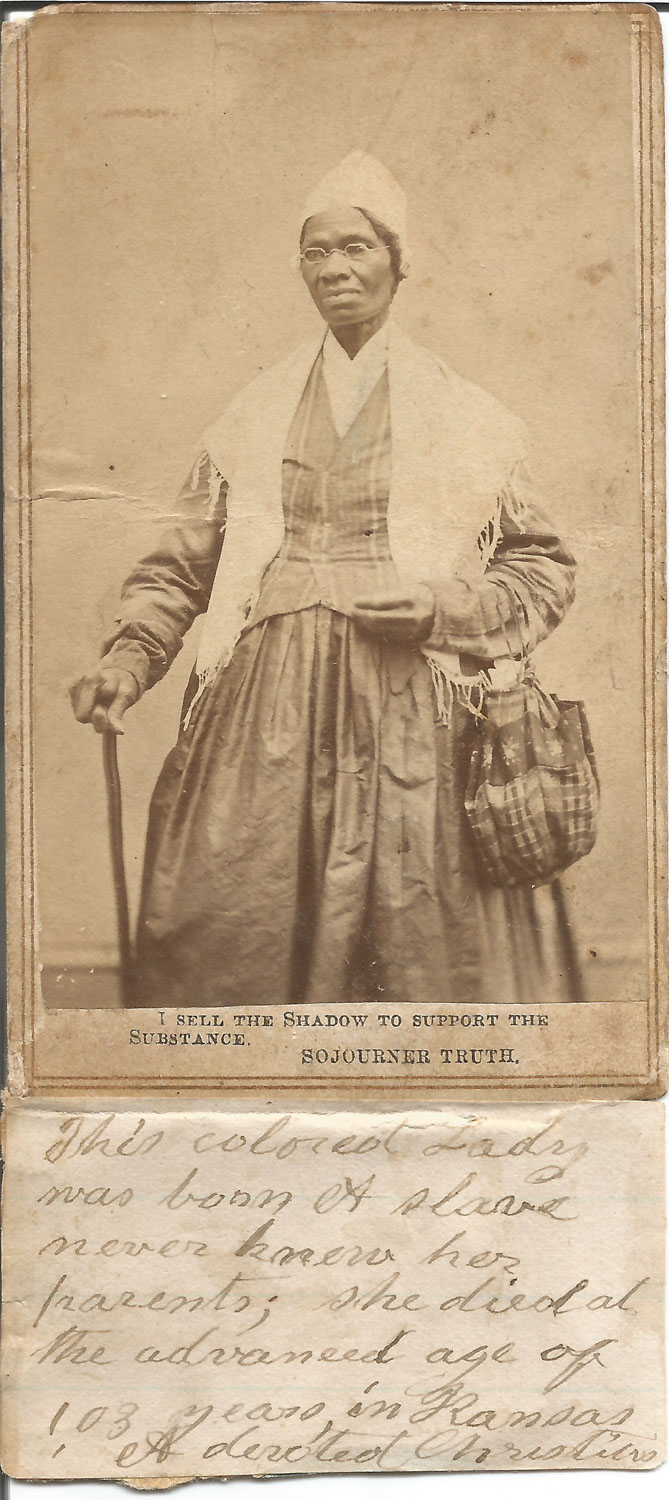
For heroic black abolitionists like lecturer Sojourner Truth, Lincoln’s act represents the kind of personal heroism on behalf of justice that she has long sought. While the Proclamation is imperfect (the slaves left in the loyal border states are not freed), it takes great political and moral courage on Lincoln’s part to issue it. Especially since most anti-black Northerners feel they are fighting to restore the Union, not free and assimilate enslaved people.
Gettysberg Changes Momentum of the War
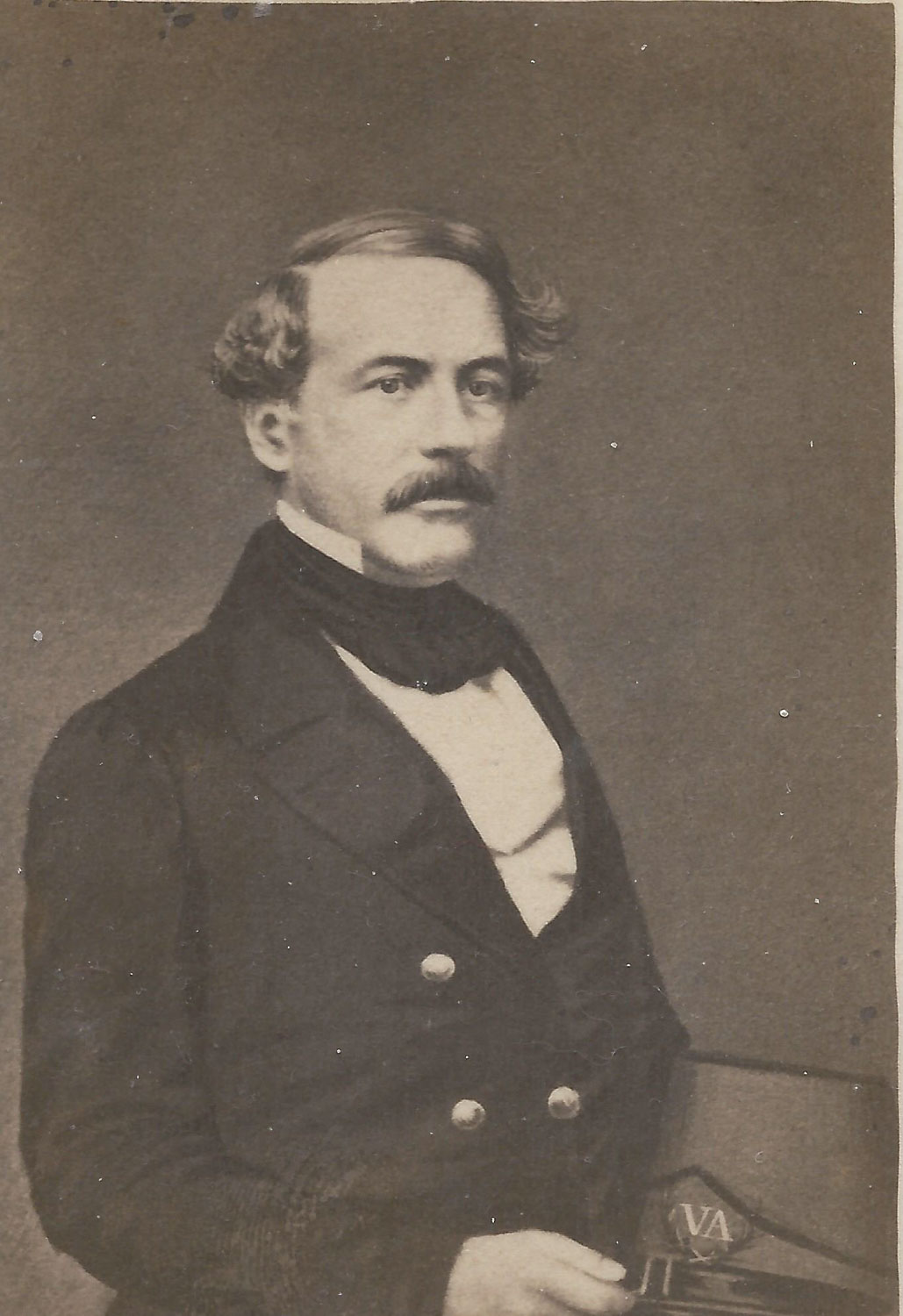
The turning point on the battlefield occurs on two consecutive days in the summer of 1863. On July 3 Robert E. Lee’s second invasion of the North ends with George Pickett’s ill-fated charge at Gettysburg. On July 4, the western front also collapses when Ulysses Grant’s seven week siege of Vicksburg, Mississippi, ends in surrender of the Confederates under John Pemberton. Henceforth the South faces inevitable attrition and defeat.
Lincoln Addresses the Nation and Wins Re-Election
Gettysburg Address
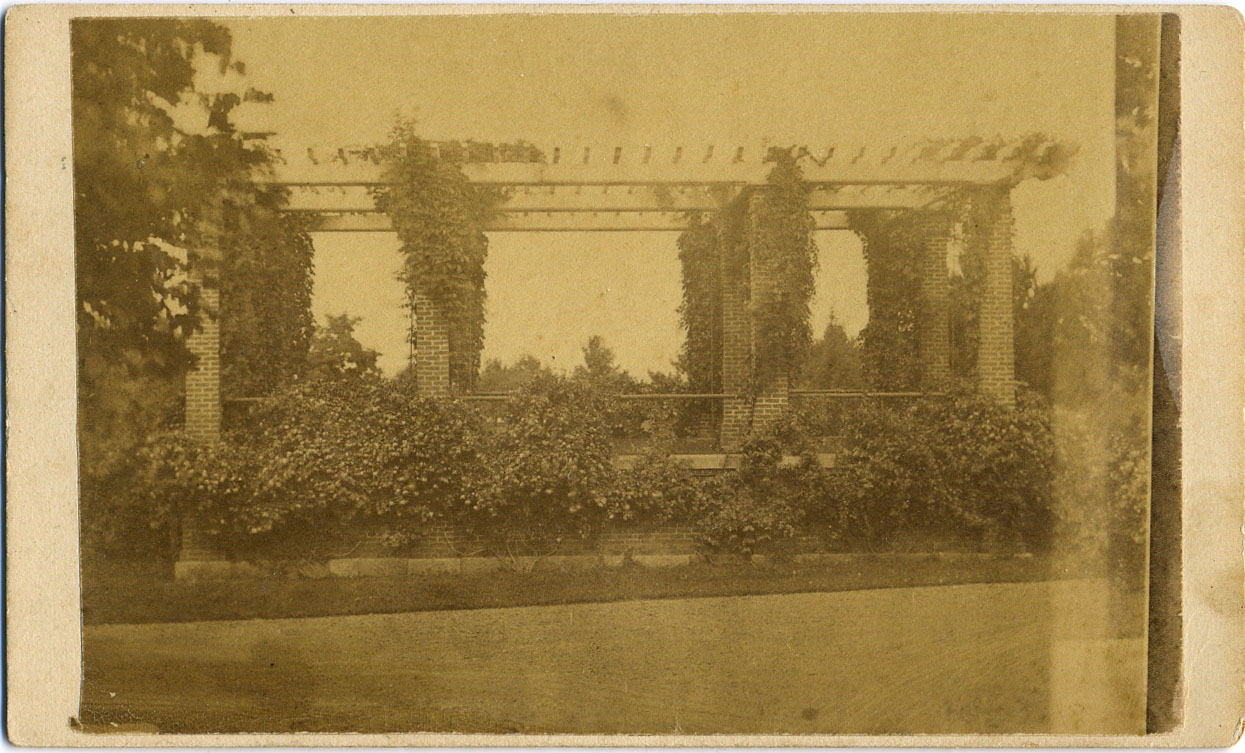
On November 19, 1863, arrives in Gettysburg to dedicate a cemetery just east of the “copse of trees” that Lee centered on during his final rush at the Union center. The 277 words he speaks that day in his Gettysburg Address will immortalize the President.
Gettysburg Address
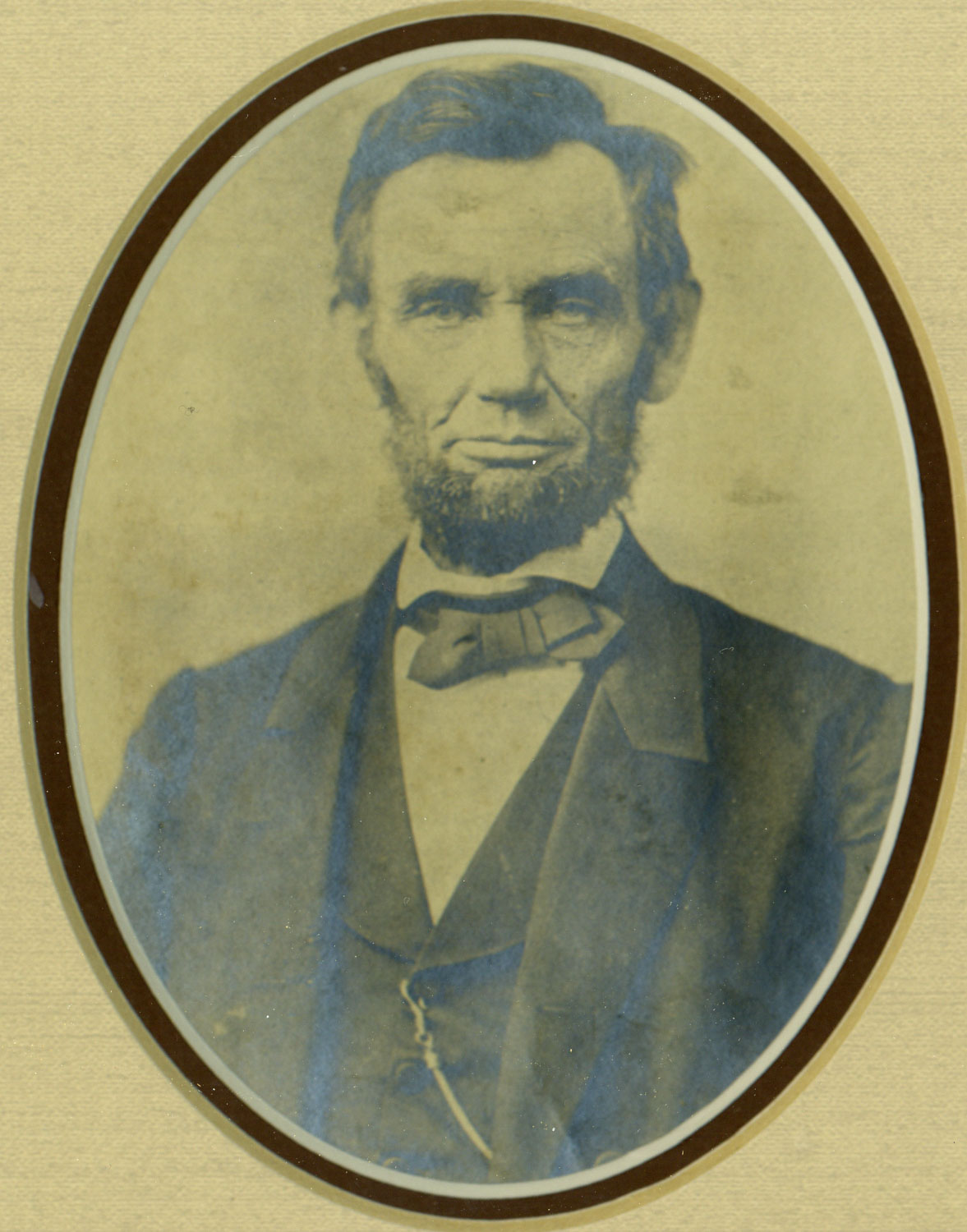
“Fourscore and seven years ago, a new nation was…conceived in liberty and dedicated to the proposition that all men are created equal.” In these words, Lincoln announces that the time has come to resolve the house-dividing issue of slavery in favor of the principle that all men – white or black – deserve freedom and equality as a birthright in America. The founding fathers aspired to this noble idea in 1787, but failed to write it into the Constitution. A new set of Amendments will now be needed to rectify this error. As Lloyd Garrison declares, “that which is not just is not law.”
Lincoln Wins Re-Election
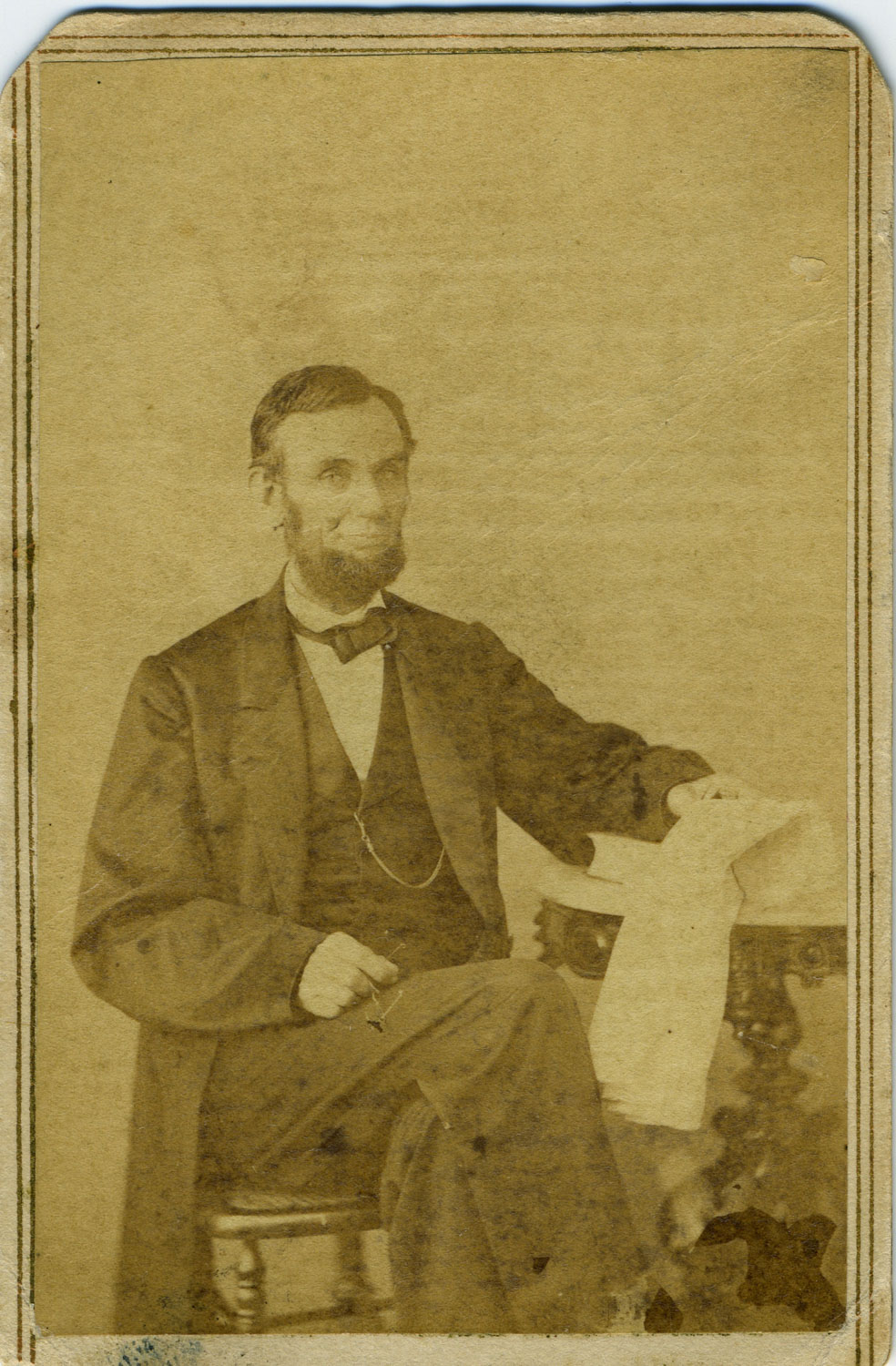
Still the news coming into Lincoln leaves him frustrated as Commander-In-Chief and the nation impatient for the war to end. In December 1864 he beats back a political challenge from his old army commander, George McClellan, who runs as a “peace Democrat.” His second inaugural address again seeks conciliation with the South : “with malice toward none, with charity for all…let us strive to finish the work we are in, to bind up the nation’s wounds… and achieve…lasting peace among ourselves….”
The War Comes To An End
Grant Named Commanding General
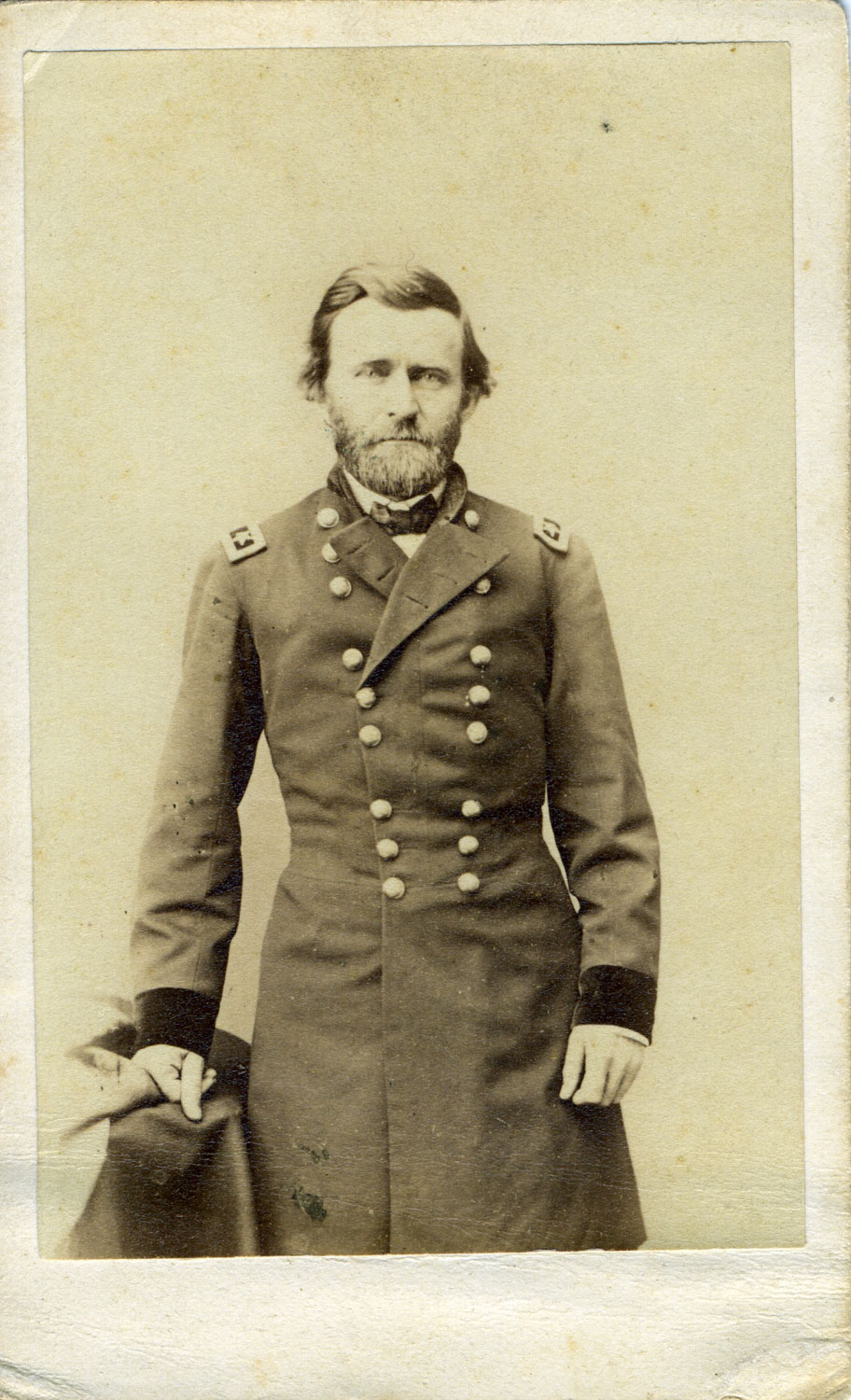
Lincoln finally finds “his general” in March 1864, when he names Ulysses S. Grant as the sixth Commanding General of all US forces. Unlike some of his predecessors, Lincoln says that “Grant fights,” and that he is determined to end the war quickly by destroying Lee’s Army of Northern Virginia.
Lee Surrenders
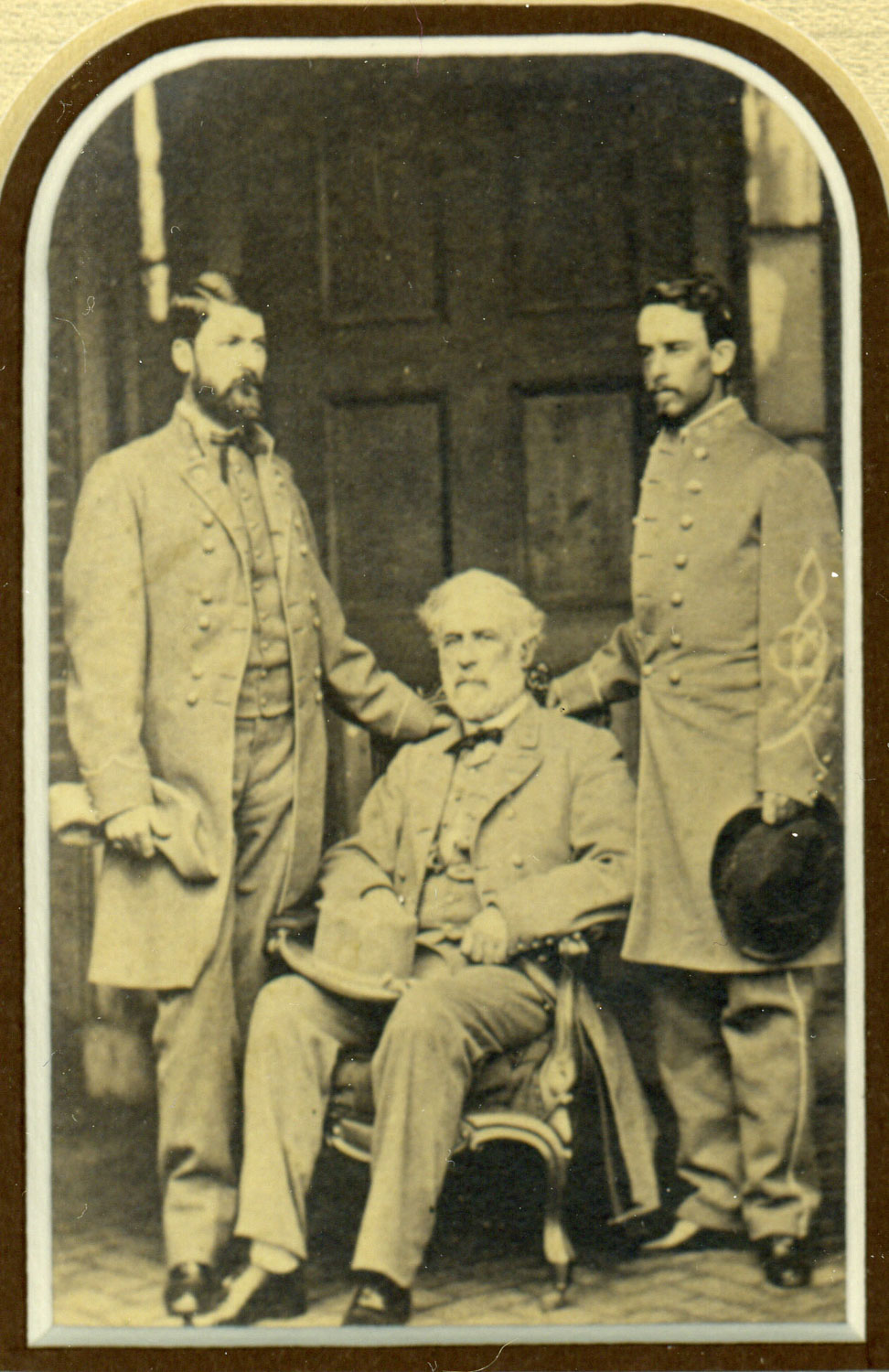
Together with General William Sherman, Grant proceeds to chase Lee’s army back toward Richmond, before finally forcing a surrender on April 9, 1965 at Appomattox Court House. To the end, Lee remains the beloved “Marse Robert” to his troops and a dignified and respected warrior to his Union adversaries, including Grant.
Lincoln Visits Richmond
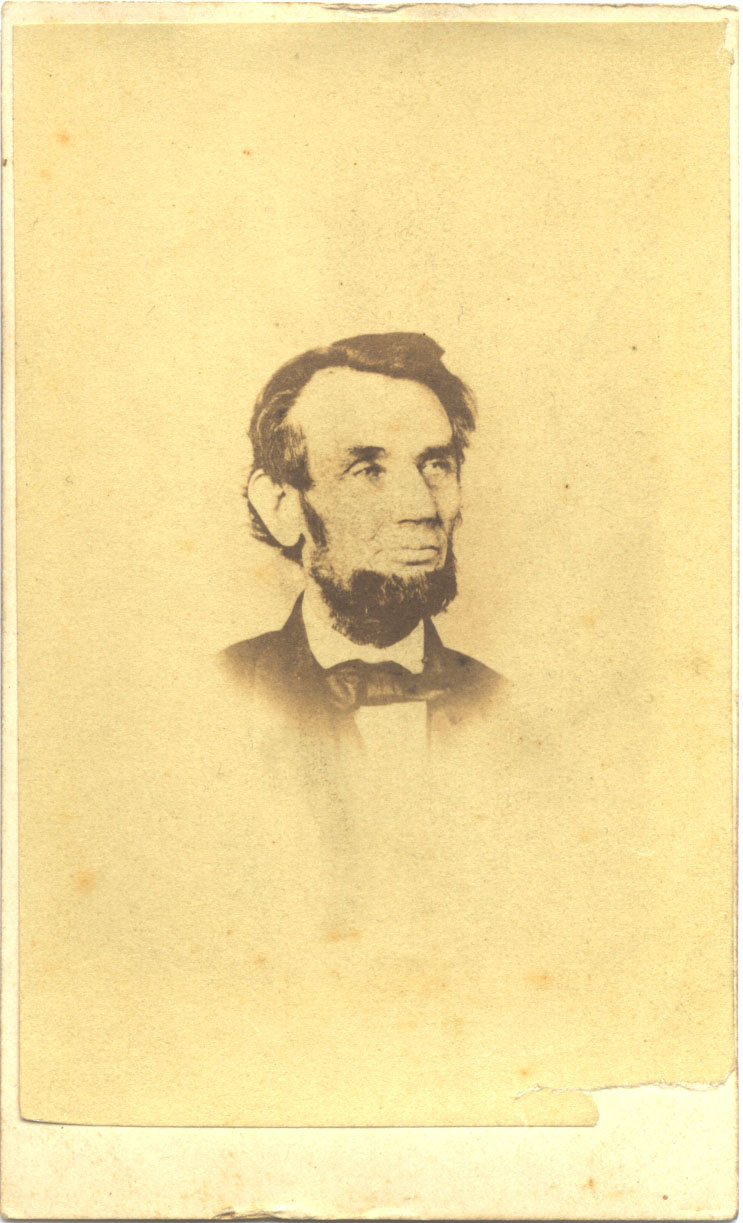
On April 4, just five days before Lee officially surrender his army, Lincoln and his son Tad visit the fallen Confederate capital of Richmond, where he is greeted enthusiastically by
Lincoln After the War
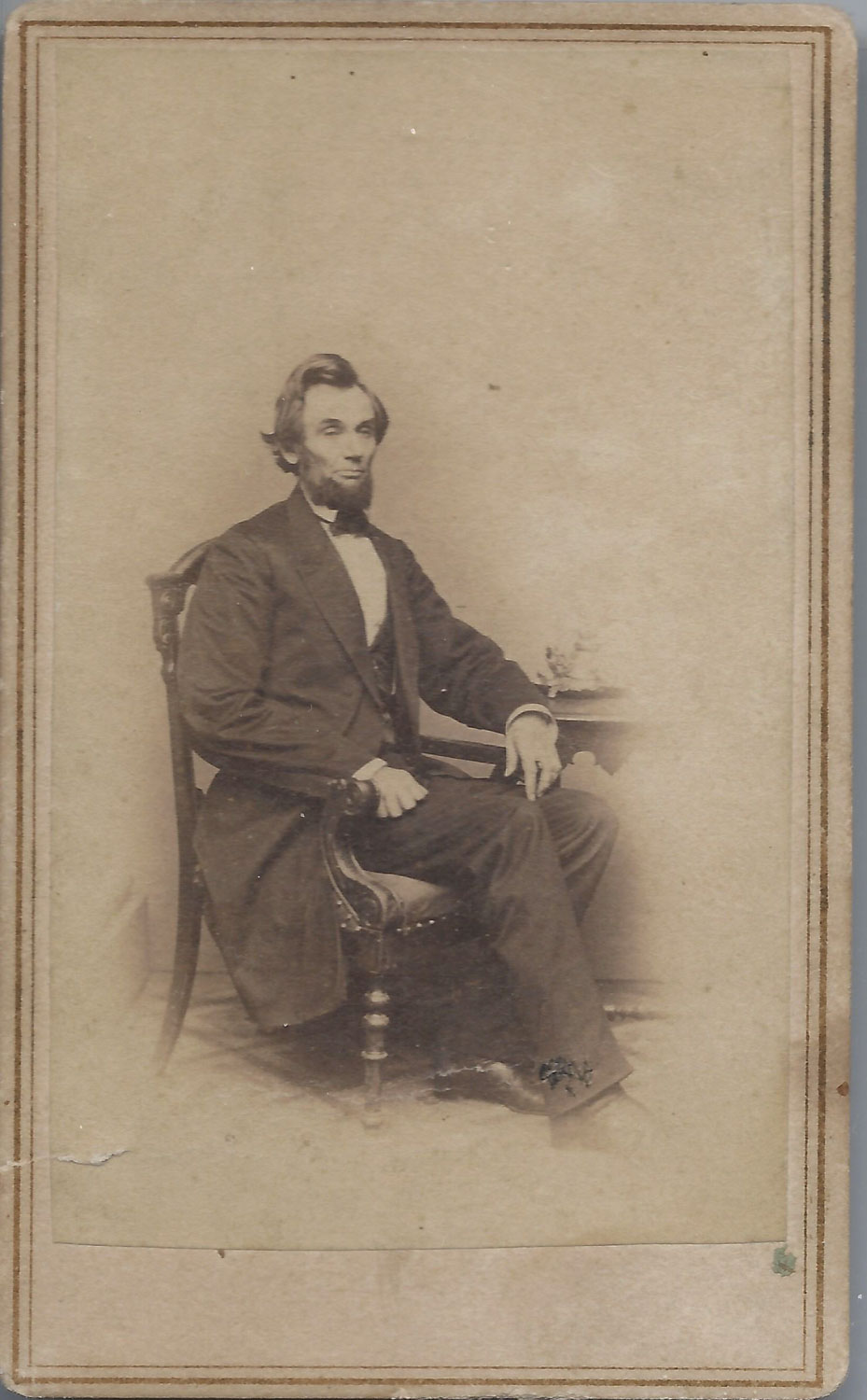
The war has taken a terrible toll on the president’s health, both mentally and physically. His face shows that he is aging rapidly, and modern medicine suspects that he is dying of a rare disease known today as multiple endocrine neoplasia (type 2B), with cancerous tumors of the thyroid and adrenal glands. But disease will not kill him; rather he becomes one more victim of the war’s violence.
Assassins Strike
A Fateful Evening
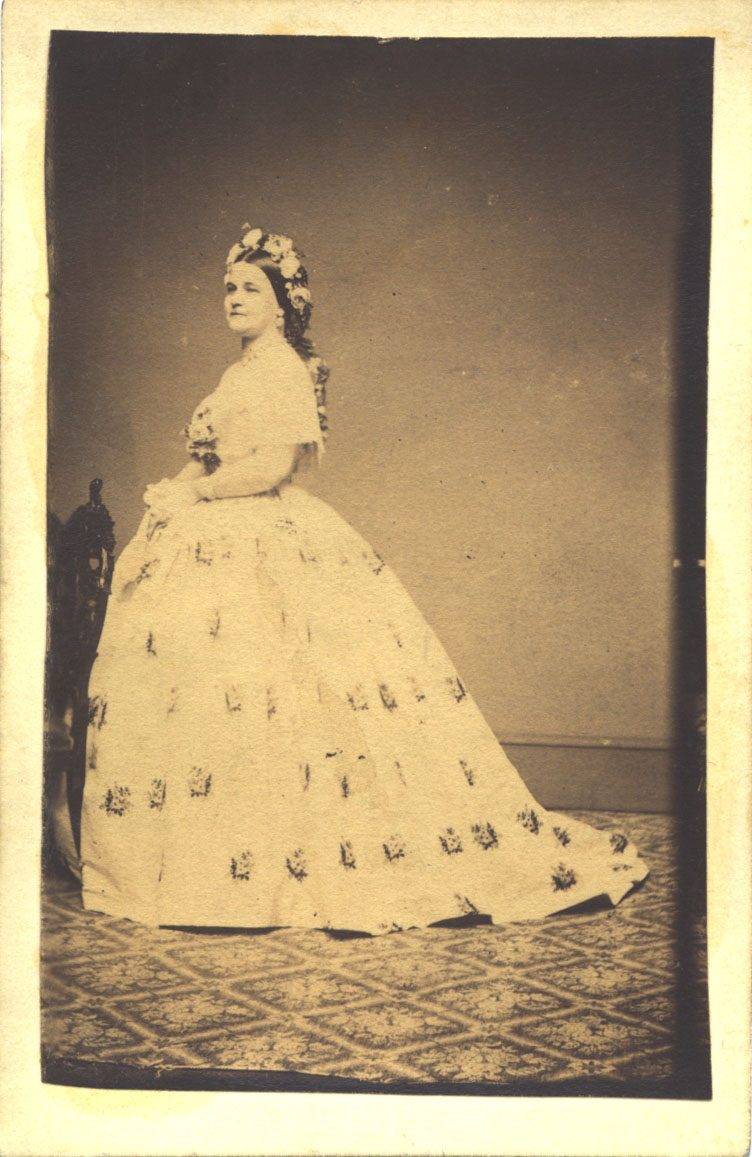
Lincoln heads back to Washington from Richmond in a celebratory mood, and decides to accompany Mary to a play at Ford’s Theater on Good Friday night, April 14, 1865.
Attending the Show
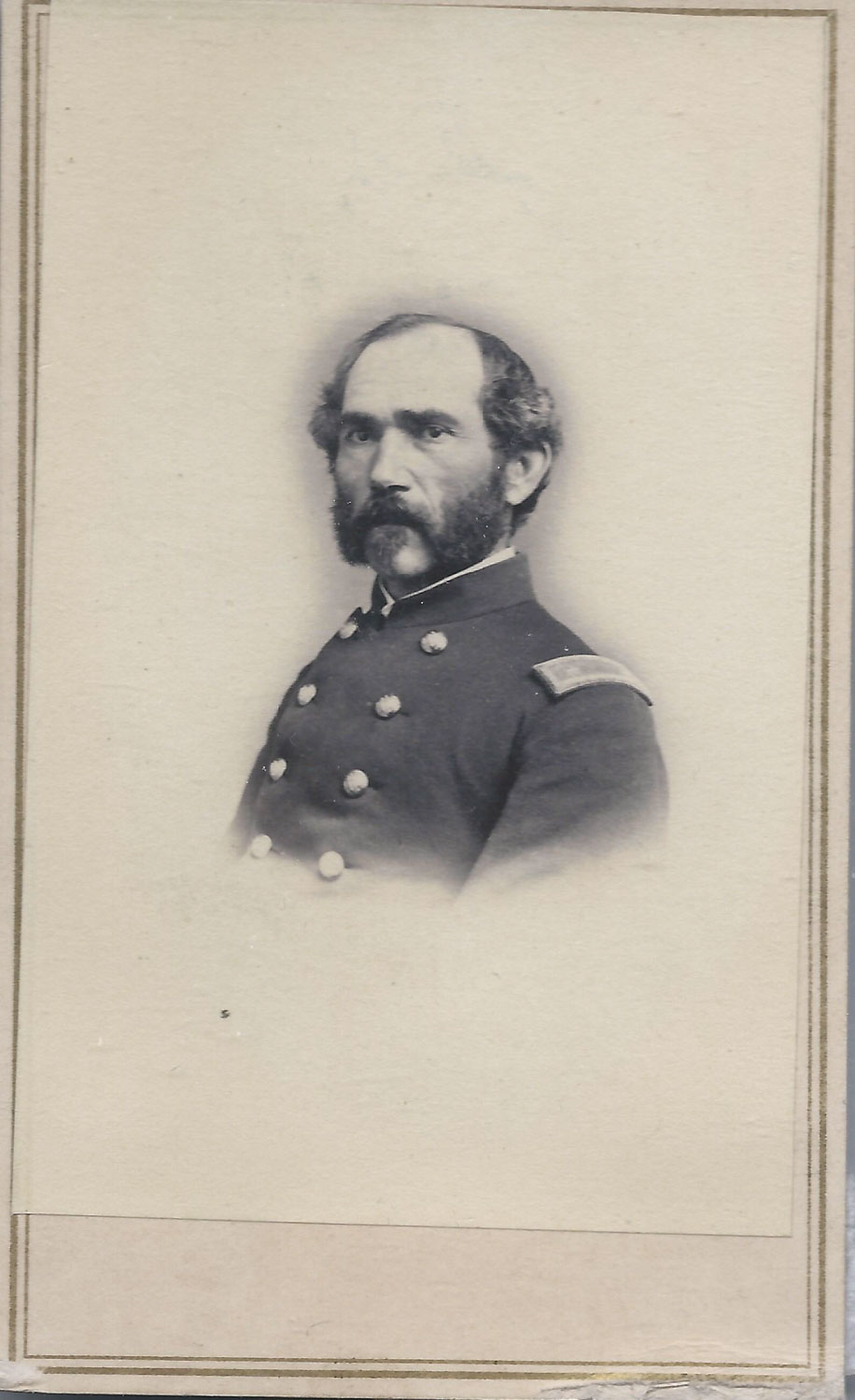
The President invites several guests to accompany him, including General Grant, but all have conflicts for the evening. In the end, Major Henry Rathbone and his fiancé, Clara Harris, sit with the Lincolns in their private box to the right of the stage.
Poised to Strike
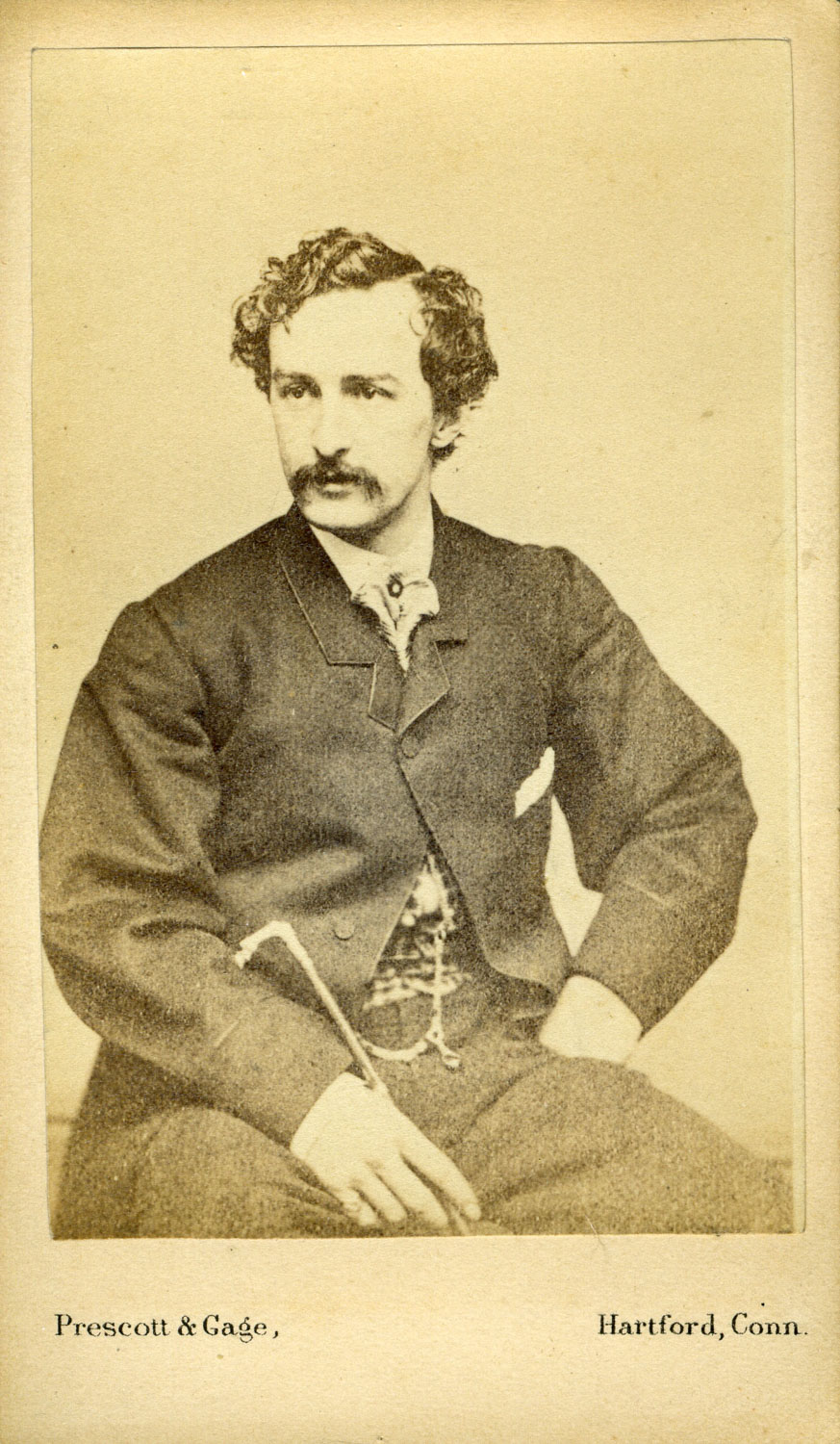
The lax security plays directly into the hands of 27 year old John Wilkes Booth, a famous stage actor and Confederate sympathizer who vows to kill Lincoln after hearing that he plans to allow blacks to vote in future elections. Together with fellow ympathizers, Booth lays out a plot for April 14 that has him shooting Lincoln, while Lewis Powell murders Secretary of State, Henry Seward, George Atzerodt attacks Vice-President Andrew Johnson, and Michael O’Laughlen goes after General Grant.
Great Escape
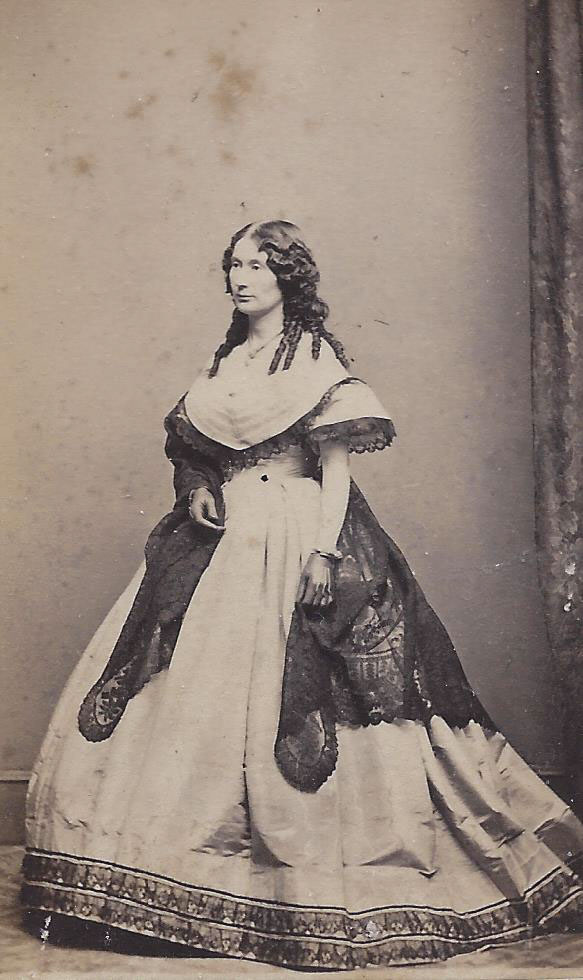
Standing there in astonishment is leading actress, Laura Keane, whose flowing dress will end up stained with the President’s blood. Booth catches a spur in the bunting below the box, and breaks his left leg when he lands on the stage. He proceeds to shout out “Sic Semper Tyrannis” (“thus always to tyrants”) , the Virginia state motto, before exiting the theater and riding off to escape.
Aftermath
The Death of the President
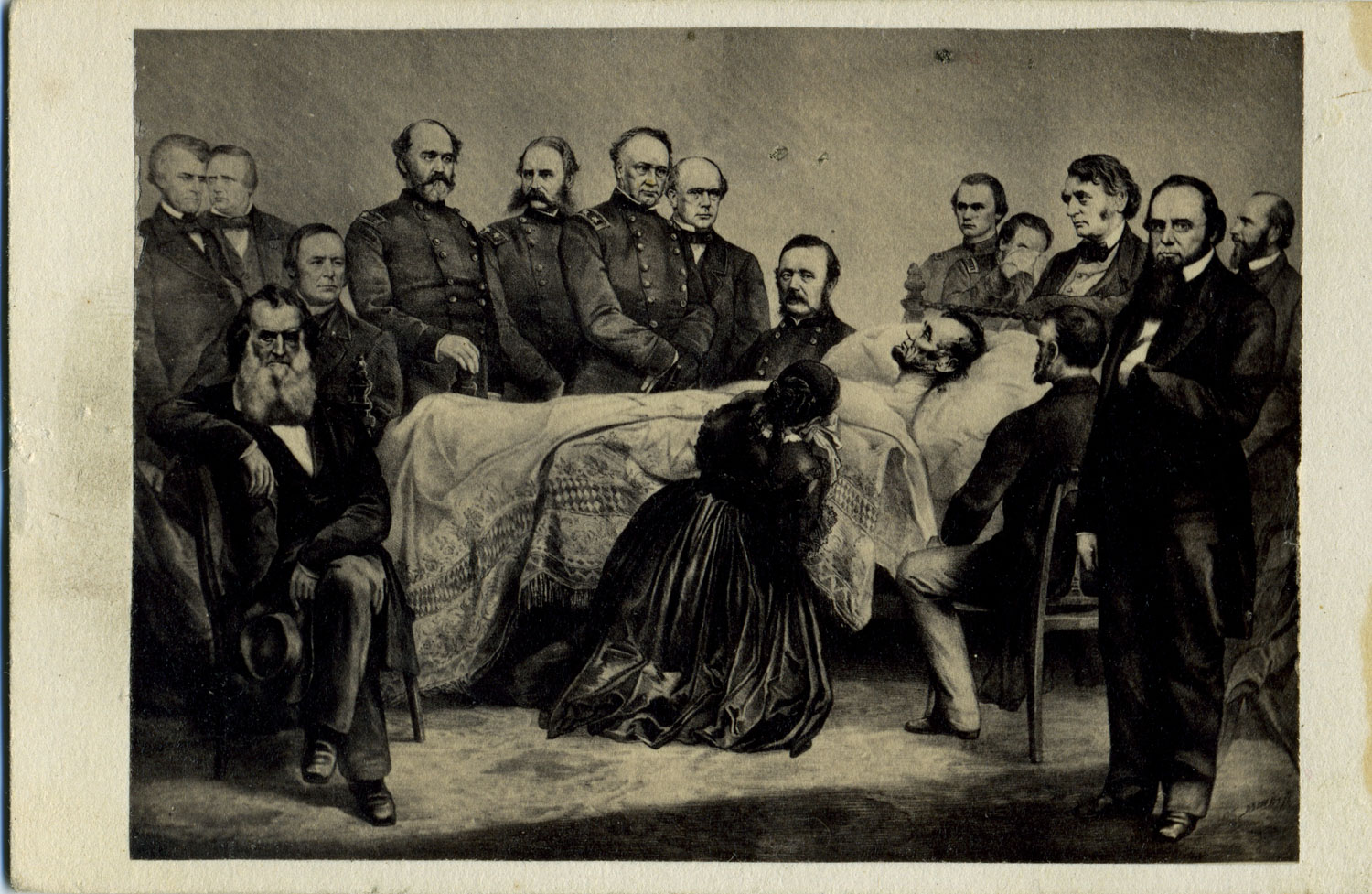
Lincoln is carried out of the theater and across the street to the Peterson boarding house, where he is laid diagonally on a short bed and attended by Dr. Charles Leale. It is immediately obvious that the wound is mortal, and the President gradually slips away. Surgeon General Joseph Barnes agrees hope is gone, and for the next nine hours visitors flock into the room to pay their final respects. Lincoln dies at 7:22am on April 15, and Secretary of War, Edwin Stanton, offers a final pronouncement: “now he belongs to the ages.”
Interrim Government
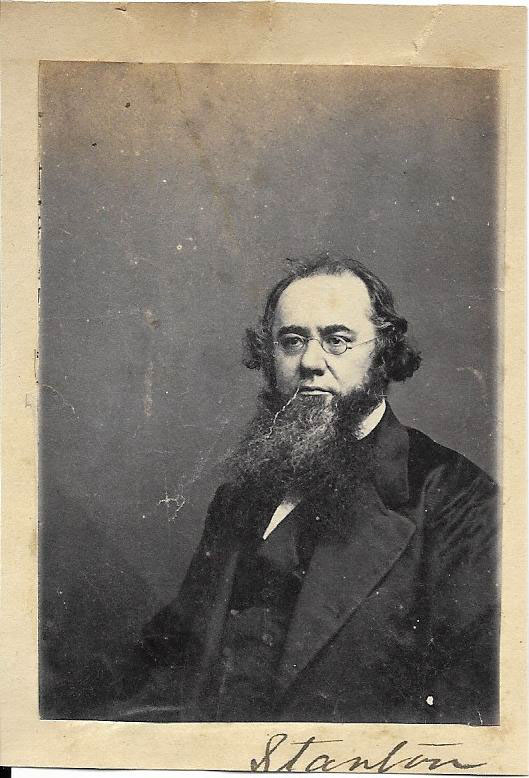
With Lincoln dead and Seward severely wounded by Lewis Powell, Stanton steps in to run the interim government and bring the conspirators to justice.
Aiding and Abetting
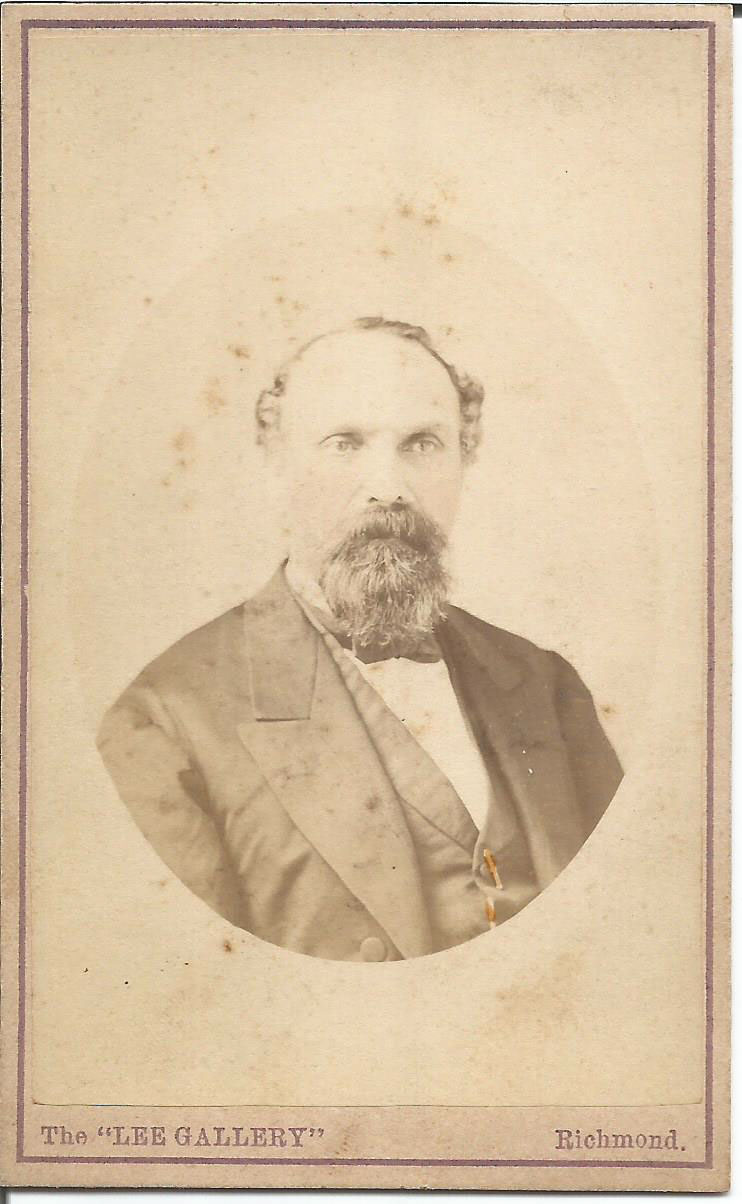
A day after the attack, Booth and another conspirator, David Herold, arrive at the home of Dr. Samuel Mudd, who splints the killer’s broken leg and provides crutches before the two men leave. Mudd’s culpability for this medical act remains a matter of dispute to the present.
Tracking Down Lincolns Assassins
The Manhunt Begins
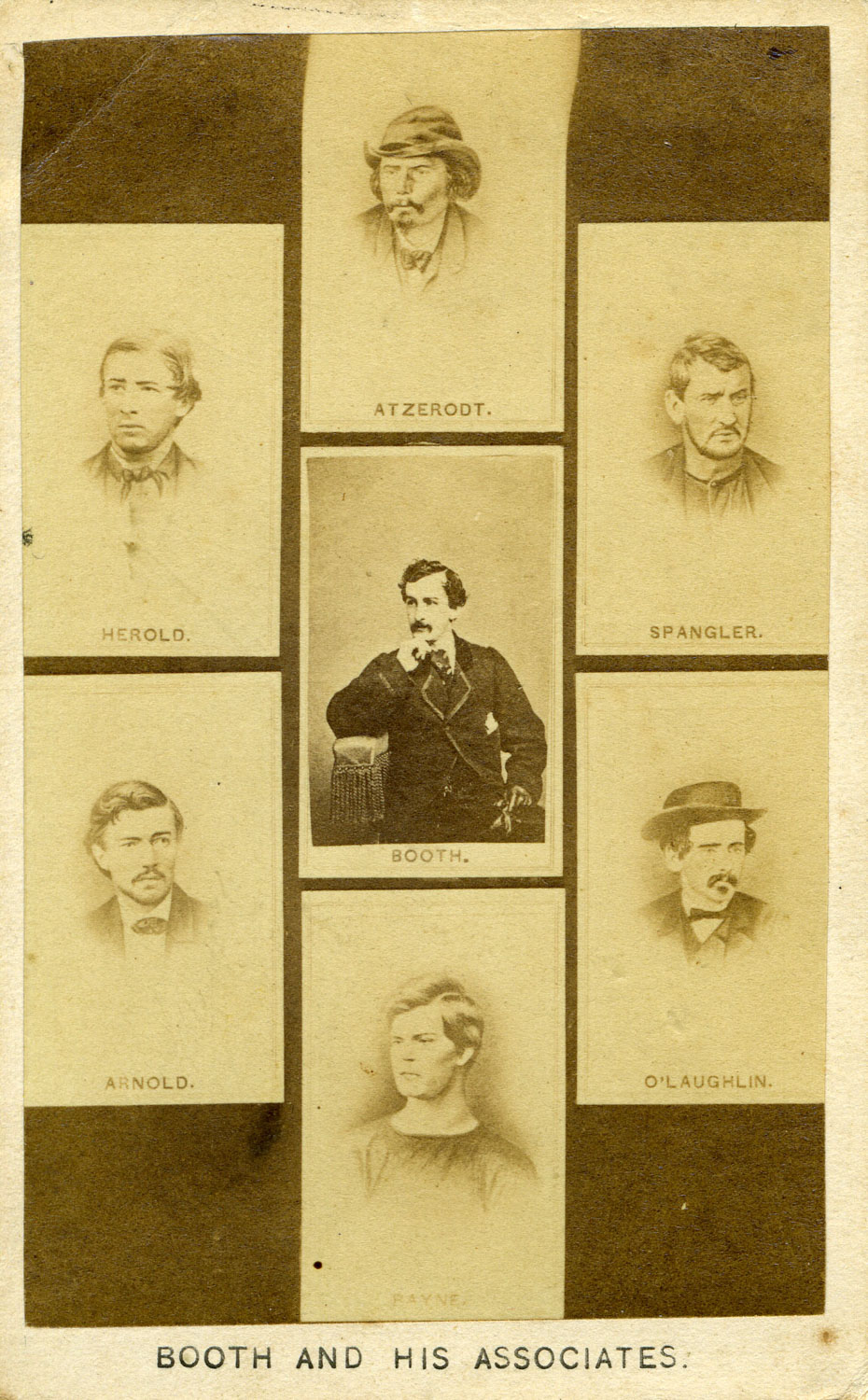
Warrants are soon issued for Wilkes Booth and six others thought to be involved in the plot. This begins a chase that continues for twelve days over the Maryland and Virginia countryside, with Booth fleeing and US army patrols in pursuit.
Boothe is Killed
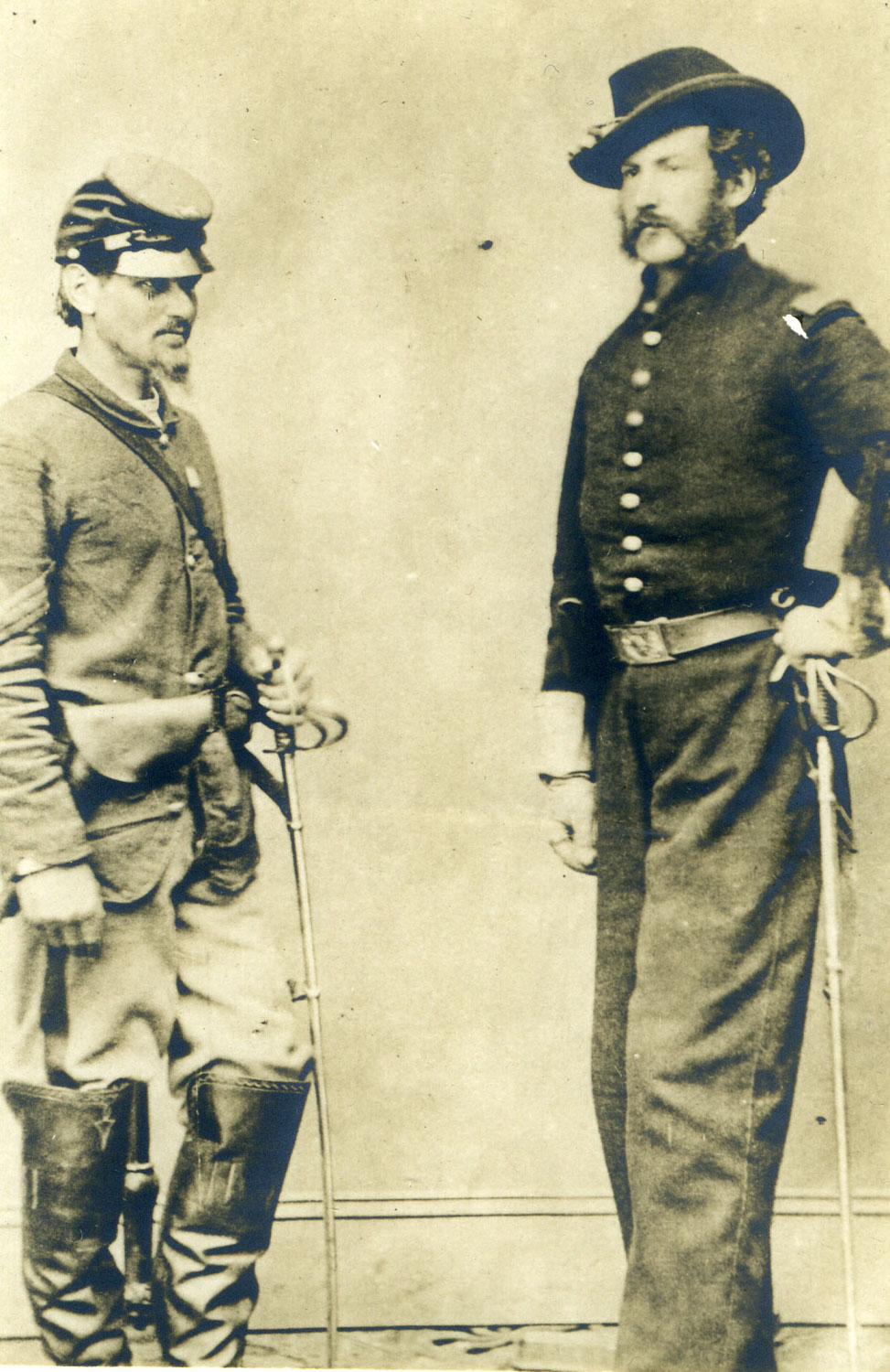
Private Boston Corbett and his commander, Lieutenant Edward Doherty, of the 16th NY Cavalry, finally run Booth down on April 26 at a Virginia farmhouse owned by Richard Garrett. When Booth refuses to surrender, Corbett shoots him from behind, the bullet entering his neck and severing his spinal cord. He dies in agony two hours later, with final words: “tell my mother I die for my country.”
Mourning
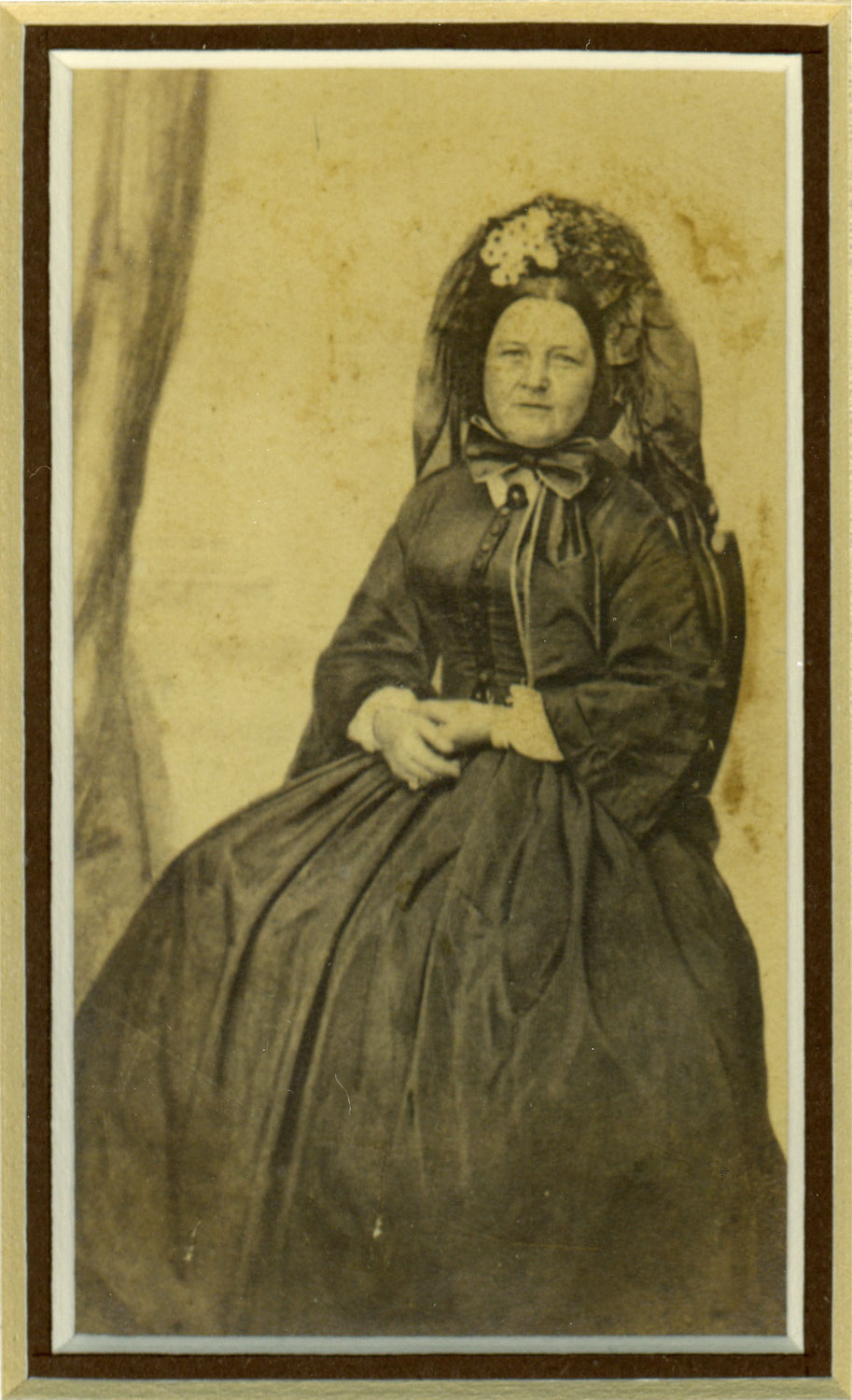
While the pursuit of the conspirators is under way, Mary Lincoln and the entire nation mourn for the loss of the President. Efforts are made to have Lincoln buried in Washington, but Mary insists that he be taken back to their home in Springfield.
The Nation Mourns
Funeral
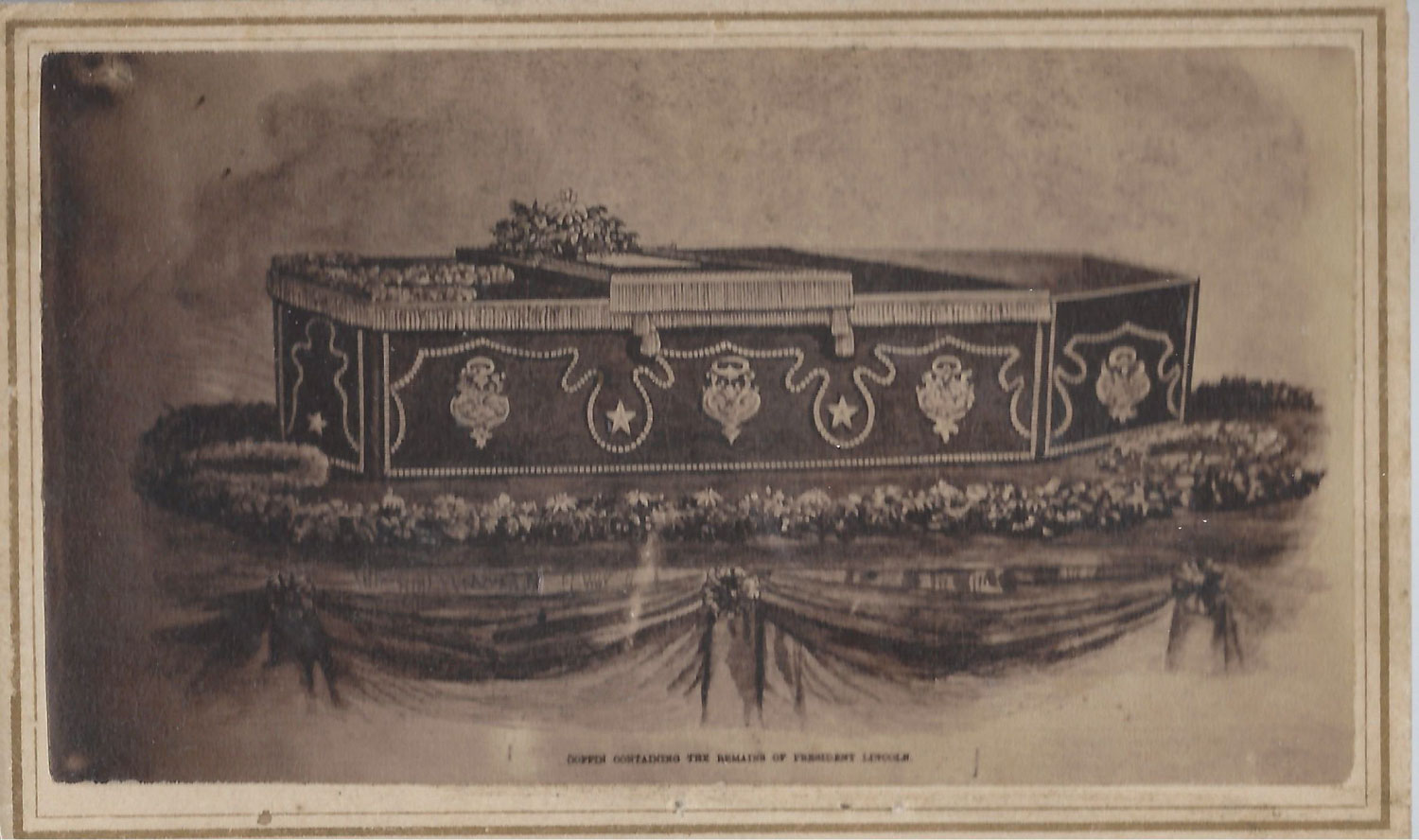
Lincoln’s body is placed in an ornate lead-lined cedar coffin, which is then put on display in the East Room of the White House for public viewing on April 18. The next day, a funeral service is held, before the coffin is transported in a procession down Pennsylvania Avenue to rest for two days in the Capitol Rotunda, where thousands line up to pay their respects.
Funeral
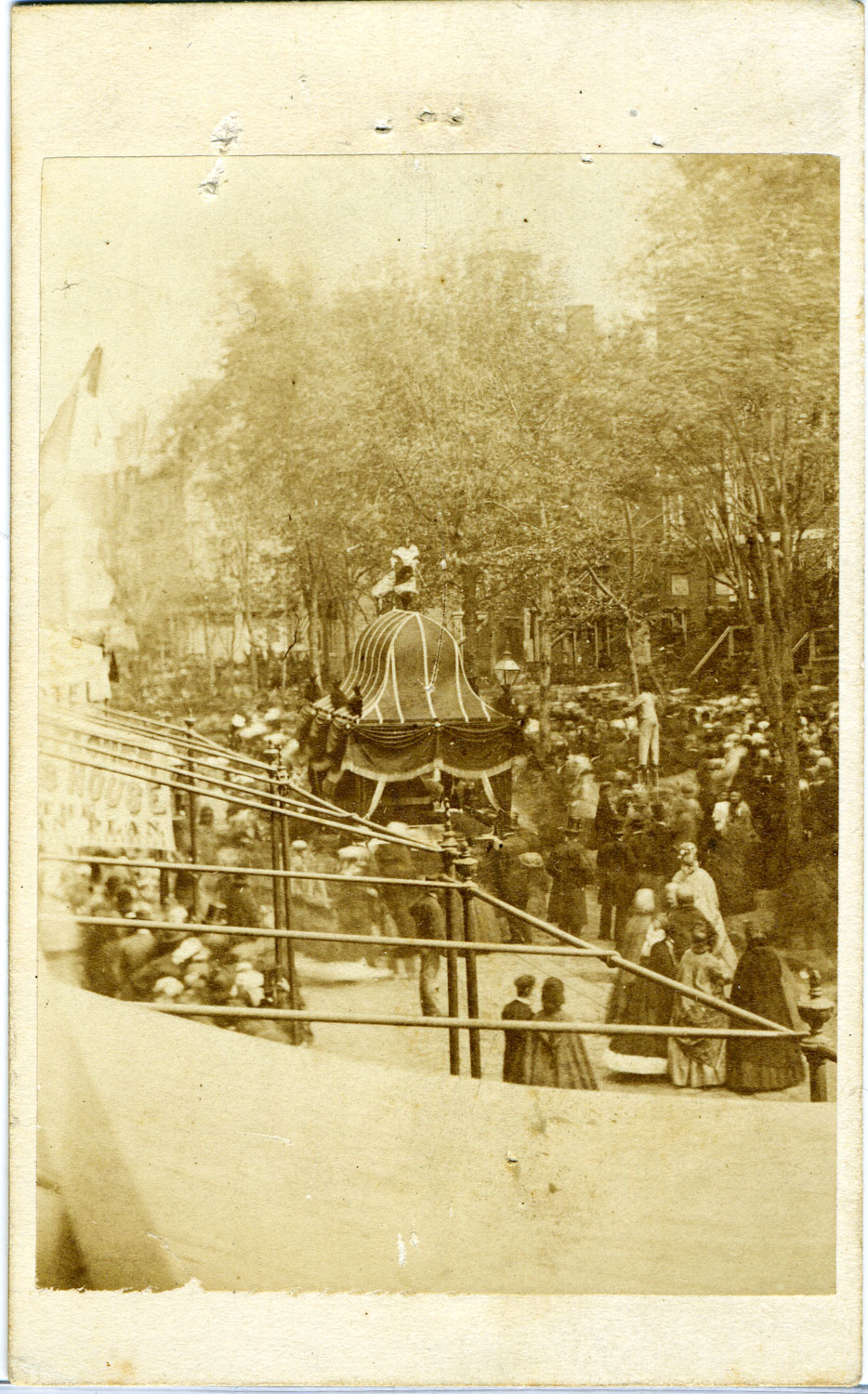
Lincoln’s body is placed in an ornate lead-lined cedar coffin, which is then put on display in the East Room of the White House for public viewing on April 18. The next day, a funeral service is held, before the coffin is transported in a procession down Pennsylvania Avenue to rest for two days in the Capitol Rotunda, where thousands line up to pay their respects.
Saying Goodbyes

The scene in Philadelphia is typical, with spectators lining the streets and small boys perched in trees, all intent on saying farewell to their dead leader.
Returning to Springfield

The President’s coffin finally reaches Springfield on May 3, 1865, where neighbors gather at his home, now arrayed in black crepe.
Honoring Lincoln
Burial
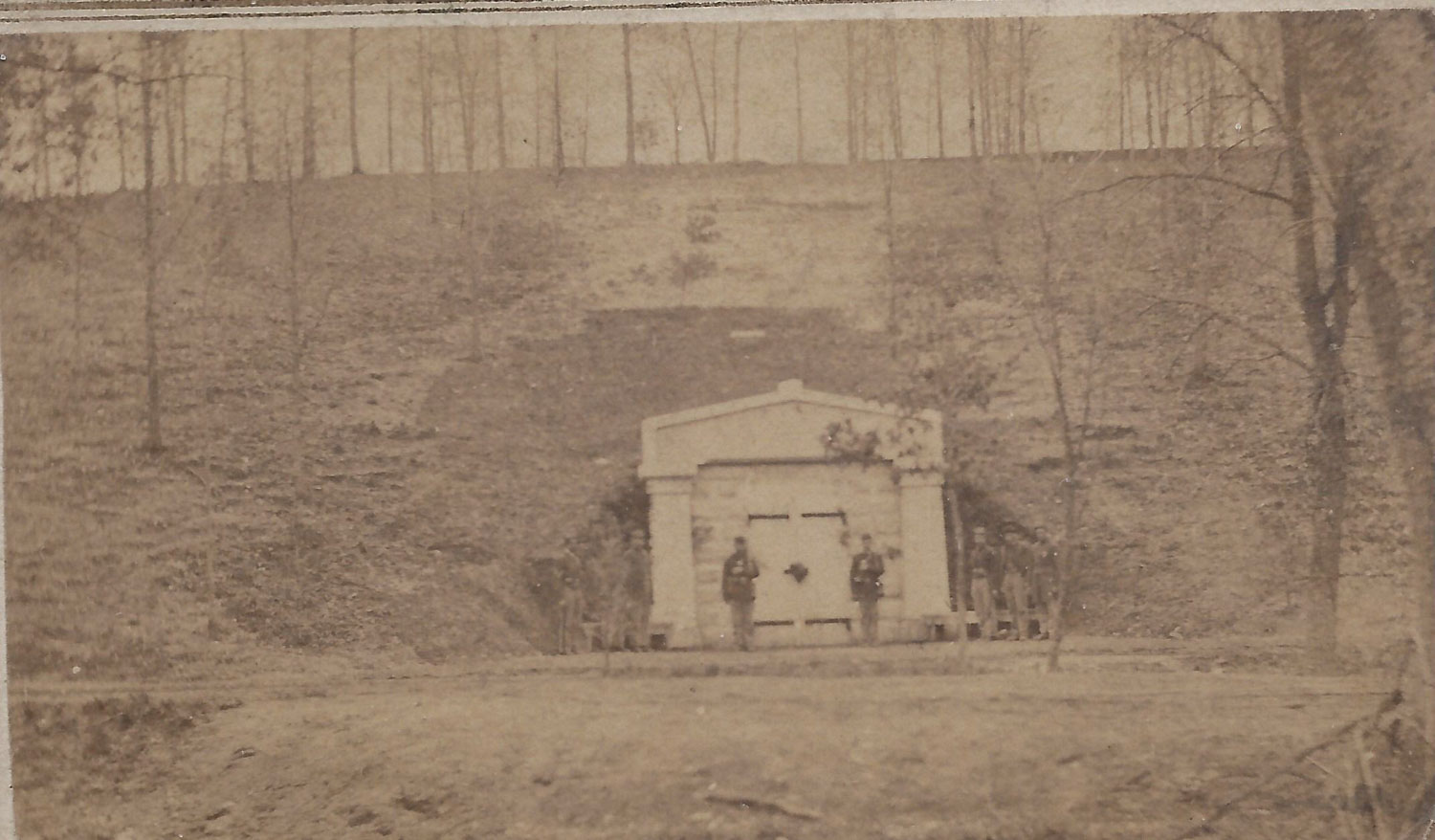
The original burial plan calls for Lincoln to be interred on a six acre plot in downtown Springfield, but Mary insists at the last minute that her husband’s wish was to rest in Oak Ridge Cemetery. On May 4, Lincoln and his son are placed in a temporary receiving crypt at the foot of a hill in the cemetery.
Monument in His Honor
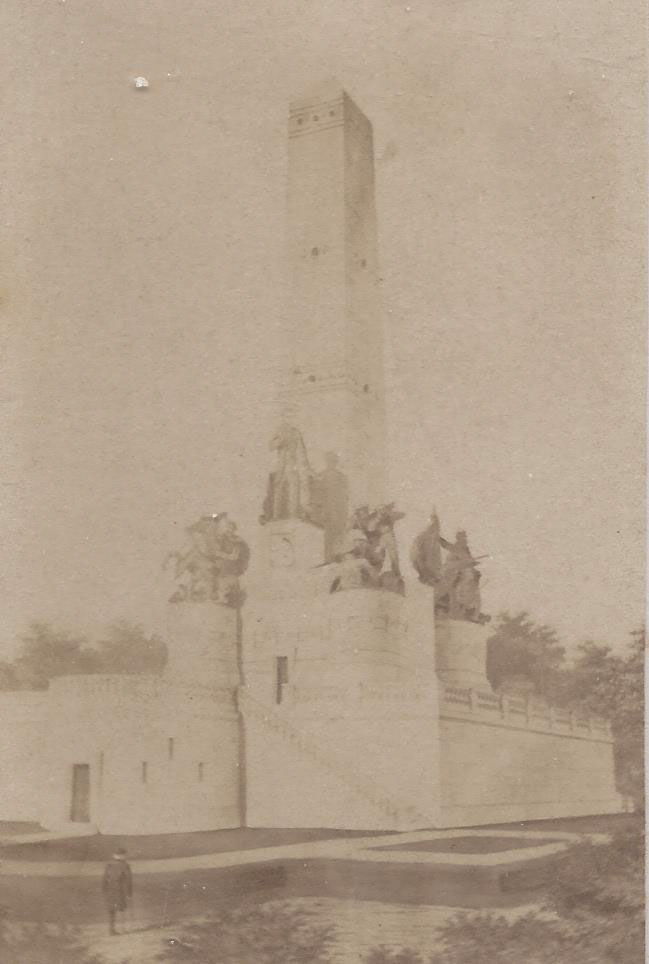
It will not be until 1874 when the President’s final tomb is completed at Oak Ridge, At that time, he and Willie are transferred in secret from the crypt to the memorial.
Conspirators Face Justice
Trial for Conspirators
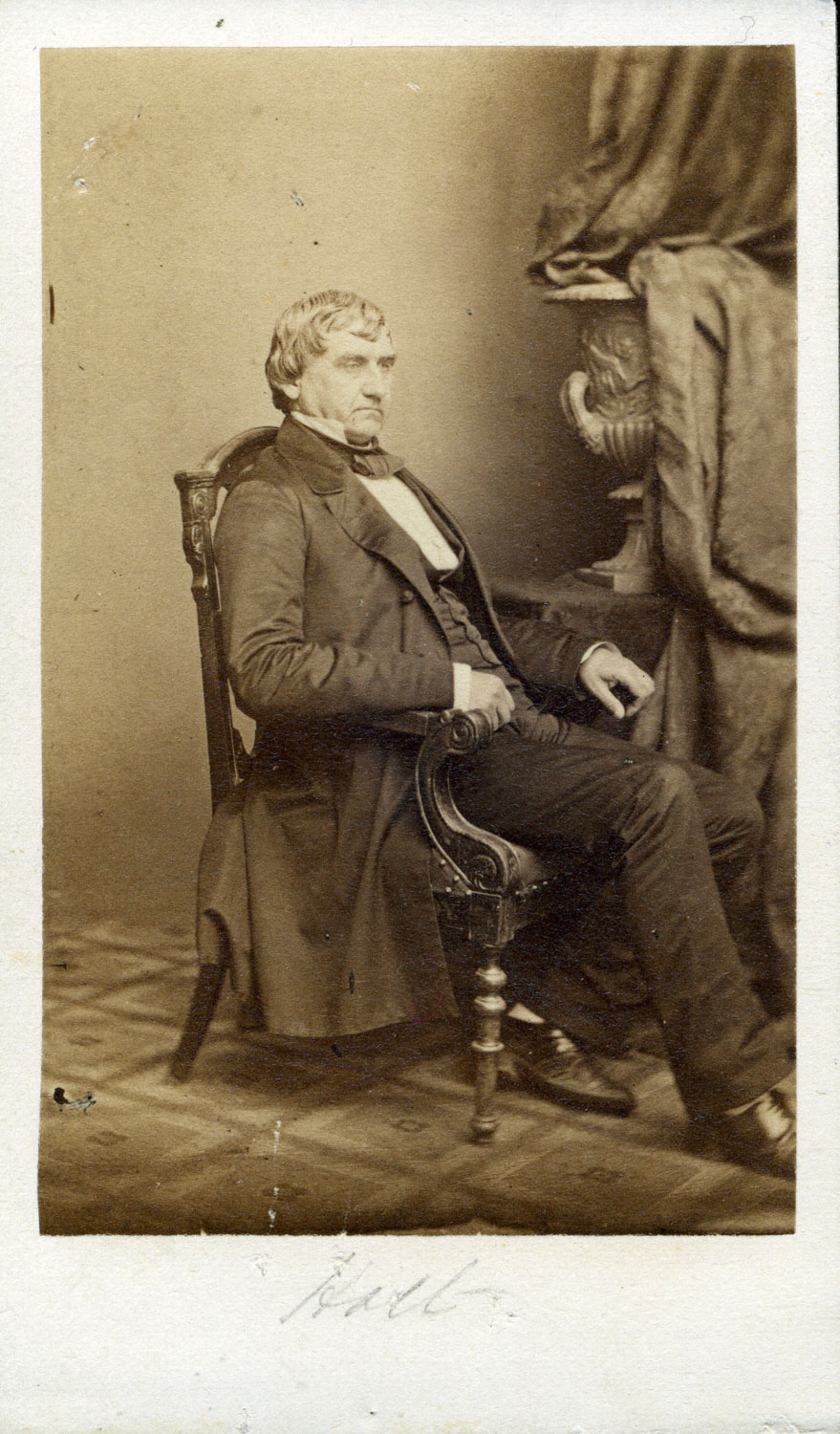
Six days after Lincoln’s burial, Judge Advocate General, Joseph Holt, begins to prosecute eight people formally charged with conspiring to murder the president. They are tried before a Military Commission chaired by General David Hunter. The trial lasts for six week, with the verdicts reached on June 29, with all eight found guilty. Four are sentenced to death, including Mary Surratt, whose tavern was used by Booth to formulate his plot.
Execution
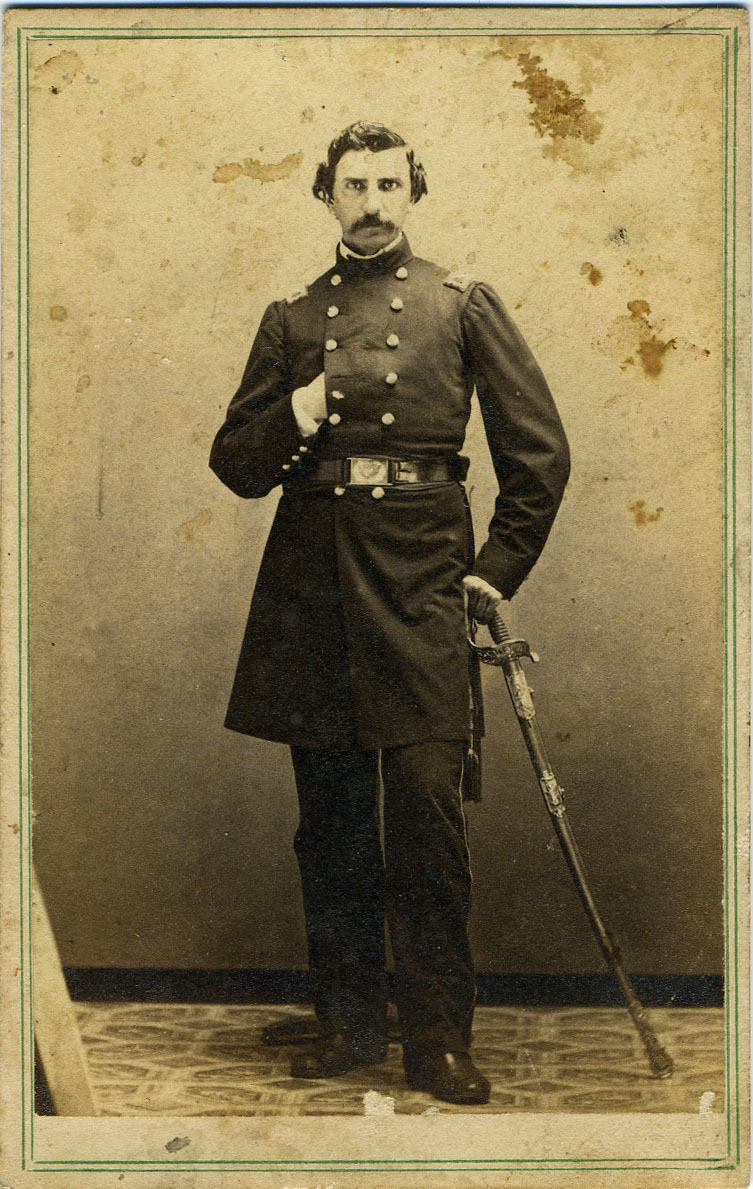
General John Hantranft oversees the execution of the four prisoners condemned to death. This takes place on July 7, 1865, at the Old Arsenal Penitentiary yard in Washington.
Execution
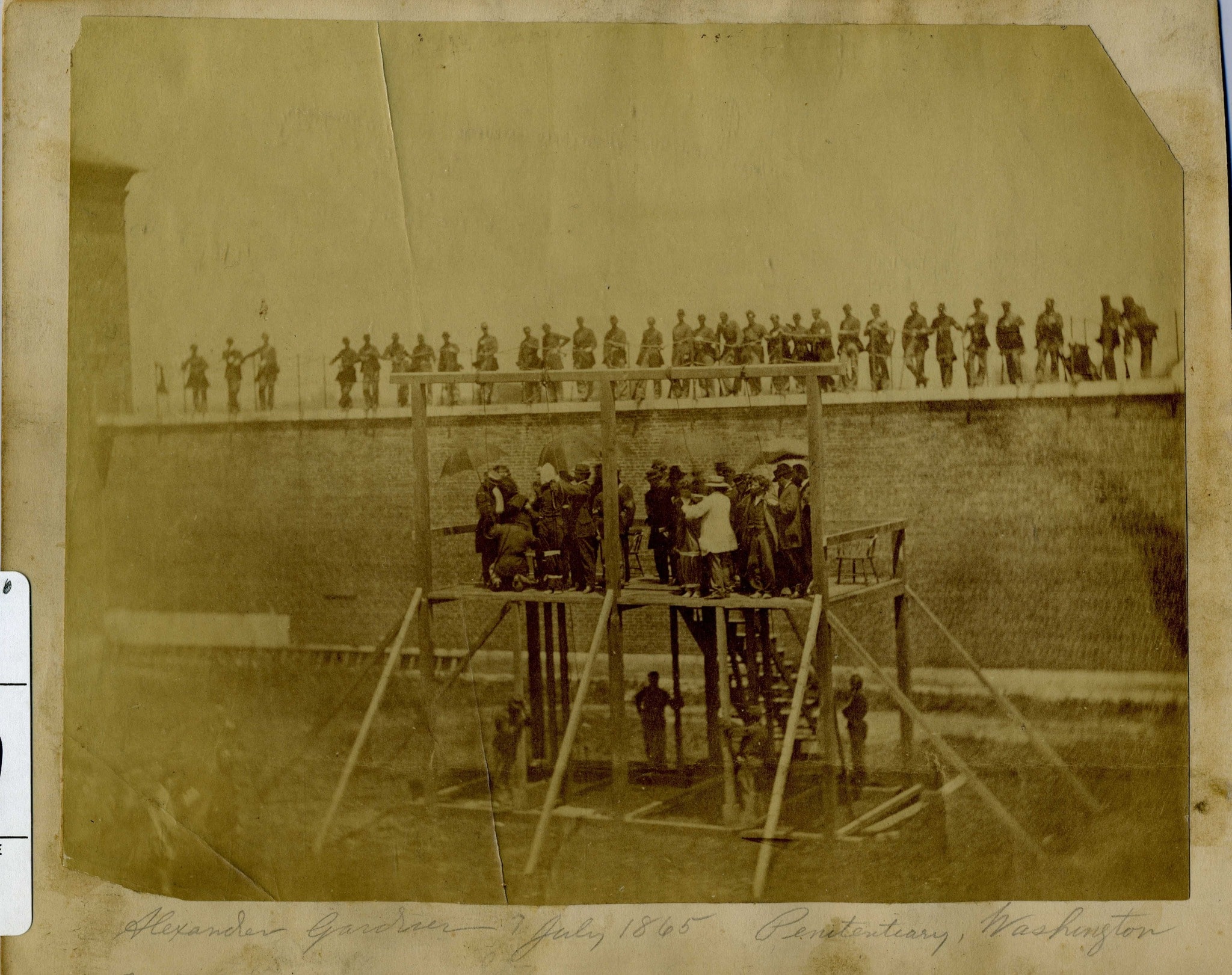
At 1:15pm, Mary Surratt, Lewis Powell, David Herold, and George Atzerodt are hanged, as military personnel and invited guests look on.
A Nation Begins to Heal
Bringing the Nation Together
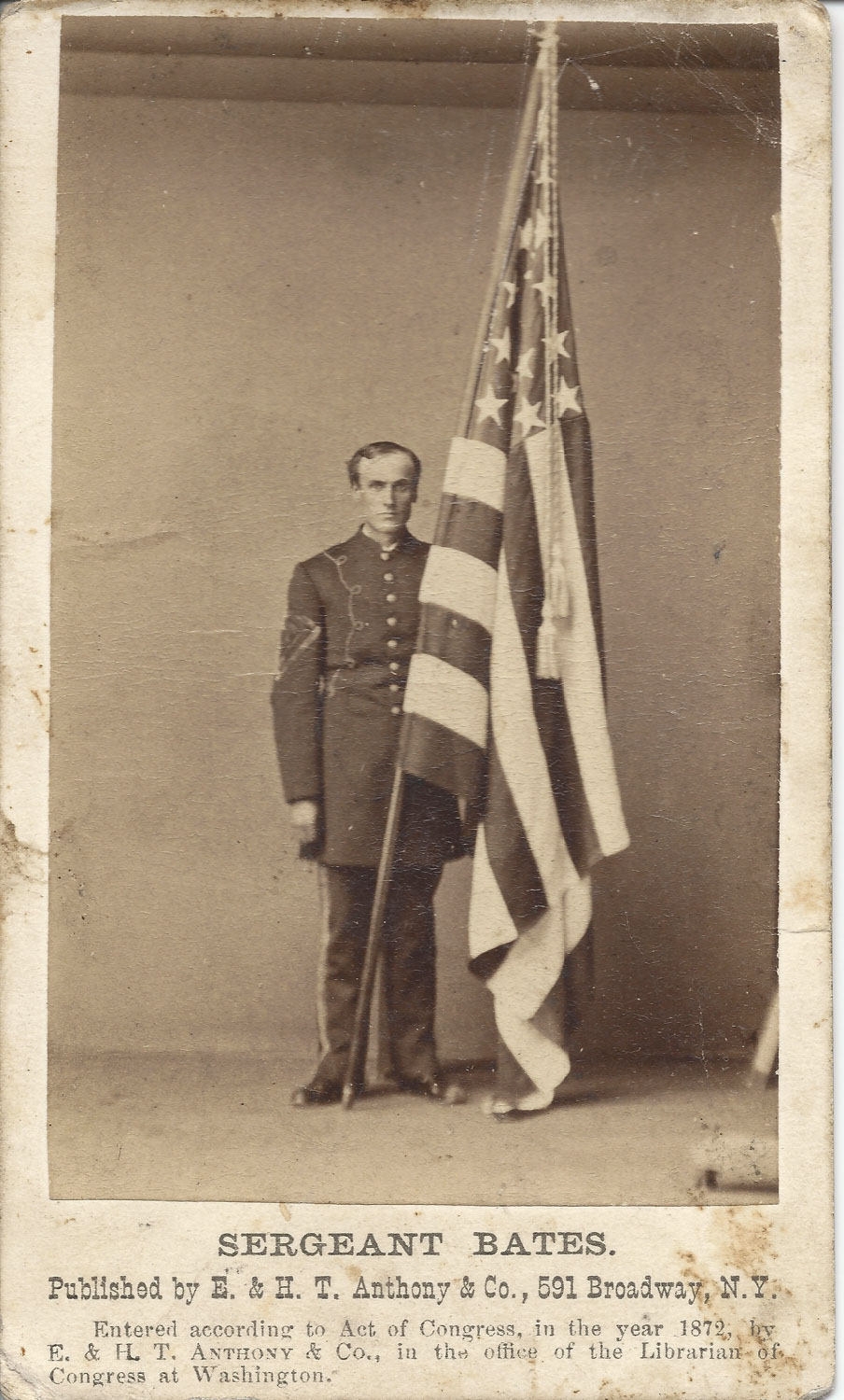
To symbolize the end of the Civil War, a Wisconsin soldier, Sergeant Gilbert Bates, sets out in 1868 on a three month, 1400 mile “march” across six Southern states from Mississippi to Virginia, unarmed and carrying an oversized American flag. When he is not met with violence, but with hospitality, Bates cites his trip as proof that “we the people” are once again united.
Lincoln Remembered Today
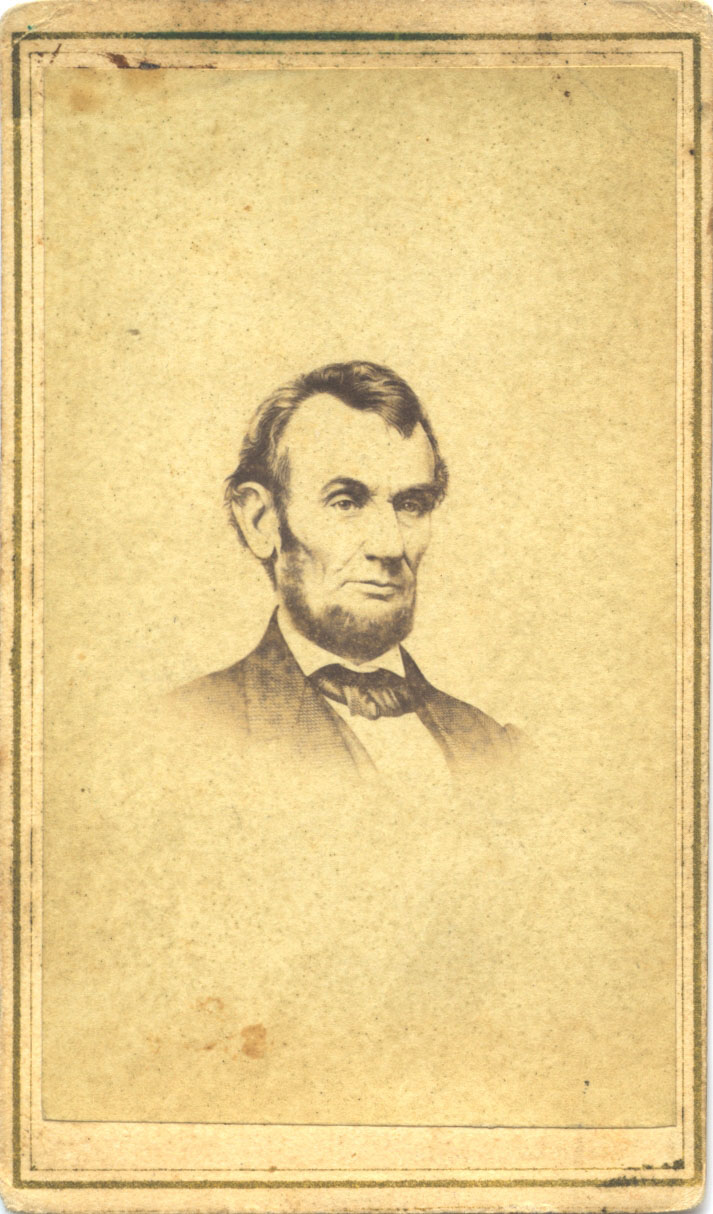
In hindsight, Abraham Lincoln joins George Washington as the two greatest Presidents in early American history. Washington leads the nation through the Revolutionary War and the 1787 Constitutional Convention that creates the Union. Lincoln restores a Union shattered by a devastating Civil War and, in ending slavery, enables America to live up to its promise of freedom, equality and justice for all.
Oh Captain My Captain
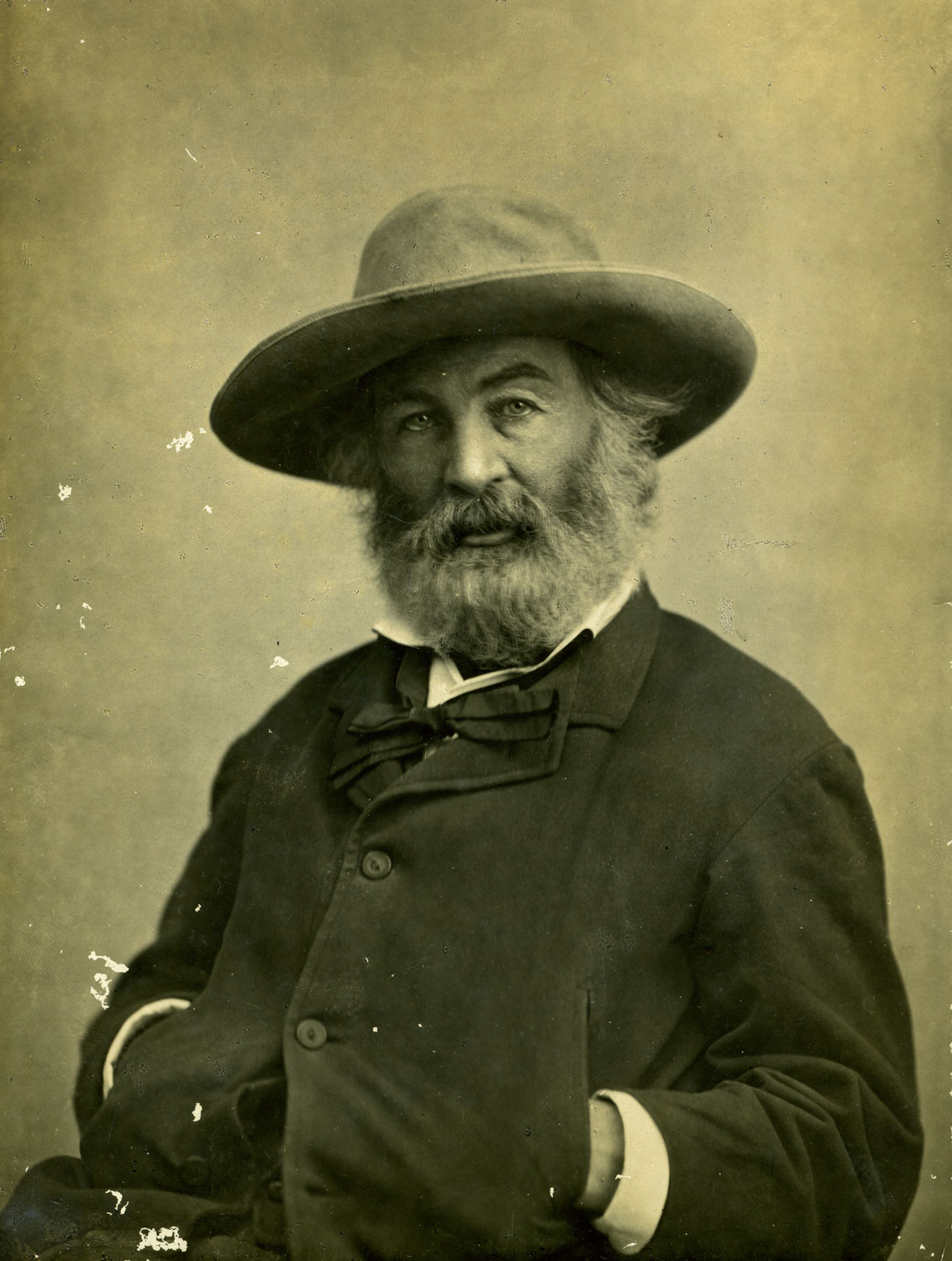
In 1900, the American poet, Walt Whitman, who serves as a nurse during the Civil War, memorializes Lincoln in a poem which captures America’s national grief over their fallen leader. “O Captain, my Captain, our fearful trip is done. The ship has weathered every rack, The prize we sought is won. The port is near, the bells I hear, The people all exalting. But O heart! heart! heart! O the bleeding drops of red. Where on the deck my Captain lies, Fallen cold and dead.”
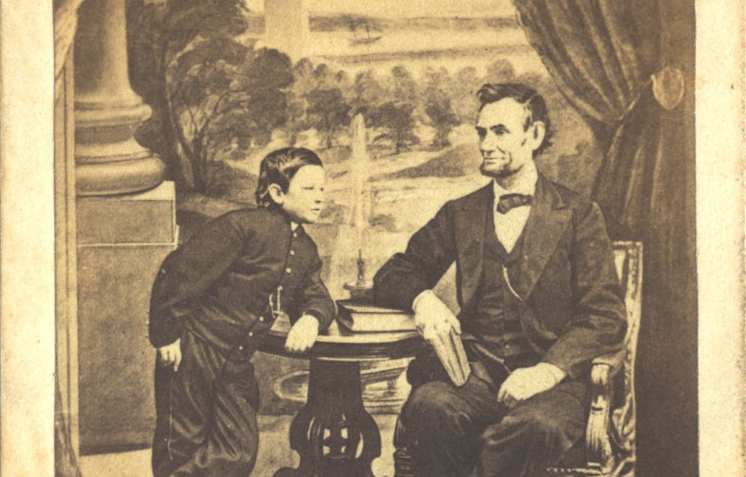
Excellent work Mr. Drane. I am a fan of the Civil War and the actions of Republican Civil Rights Leader, the Reverand Dr. Martin Luther King, Jr.
Never summarized so succinctly. Thank you! Claudia Coffey